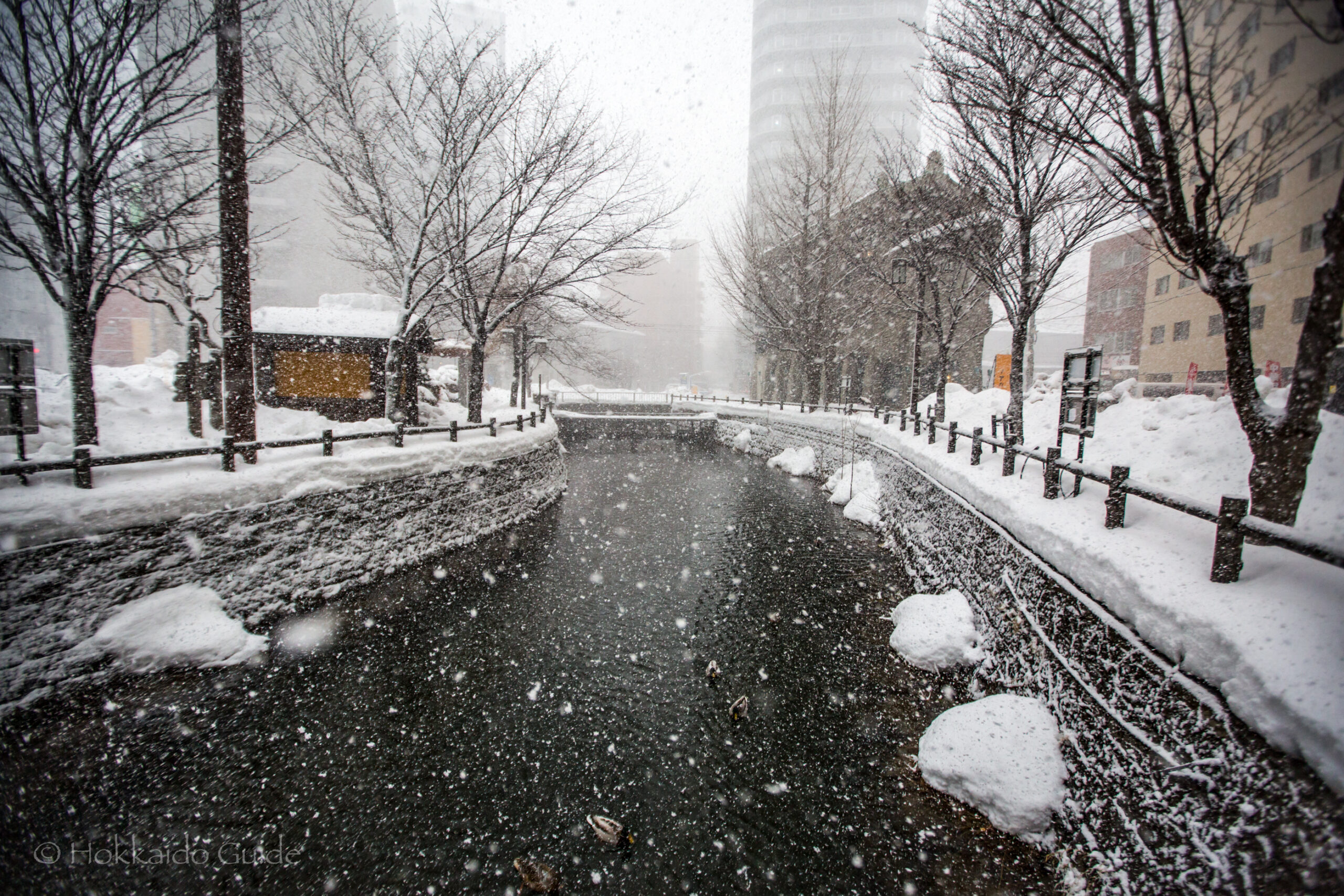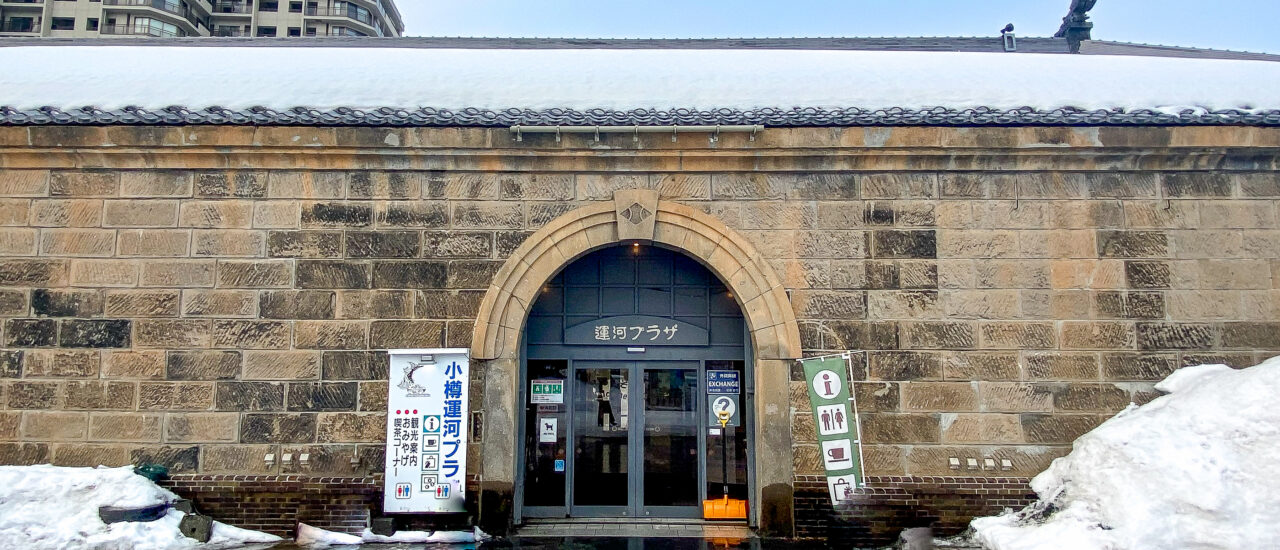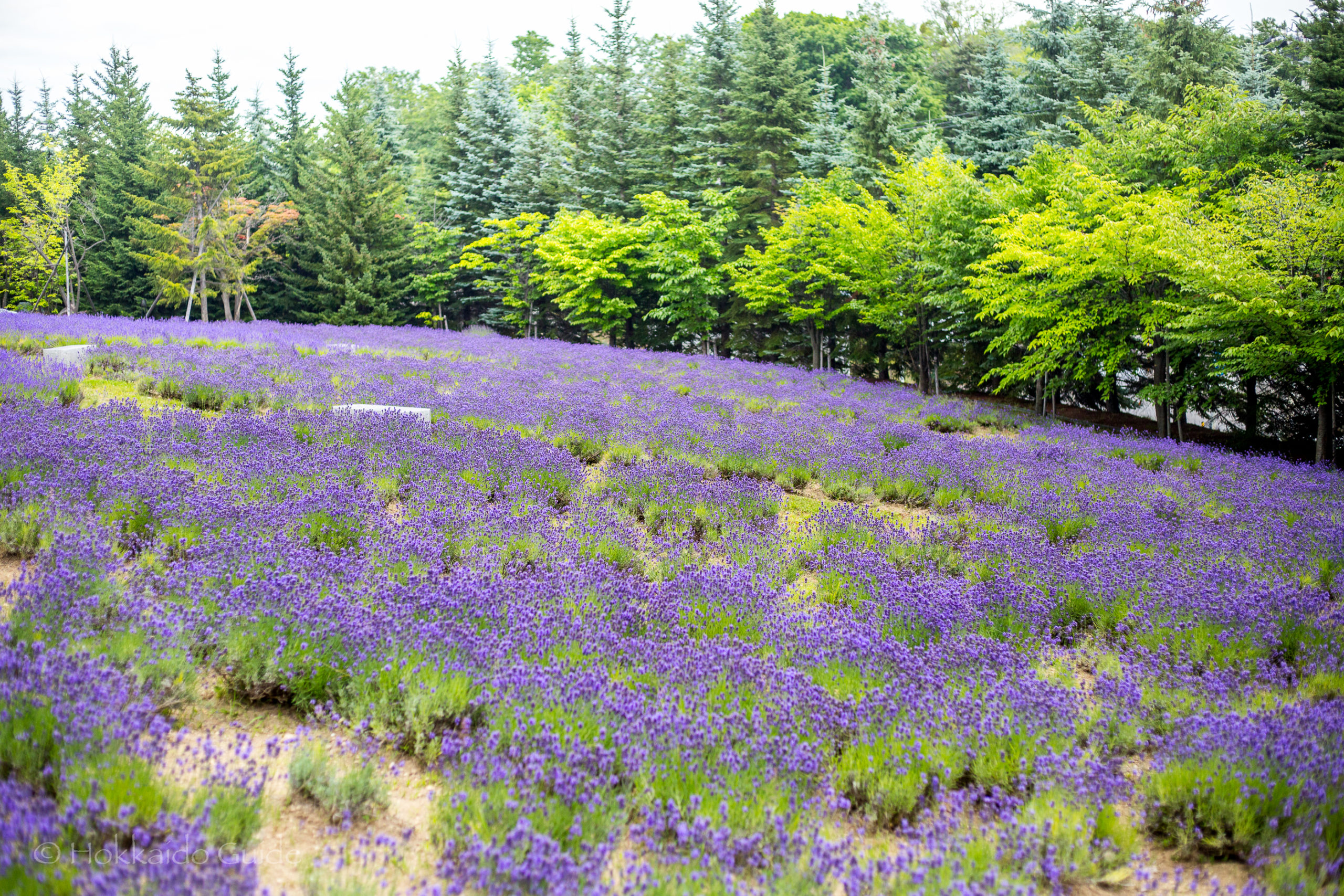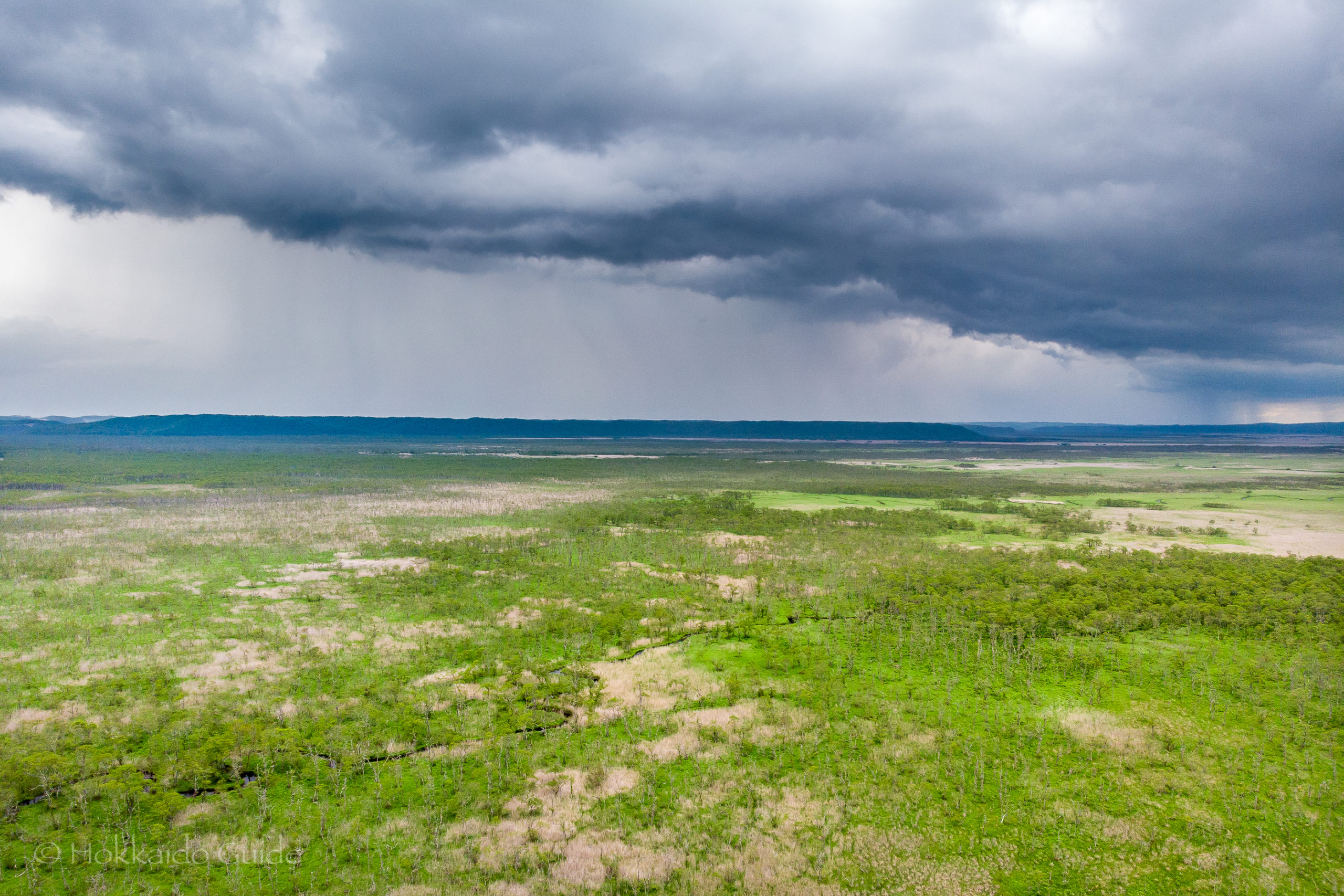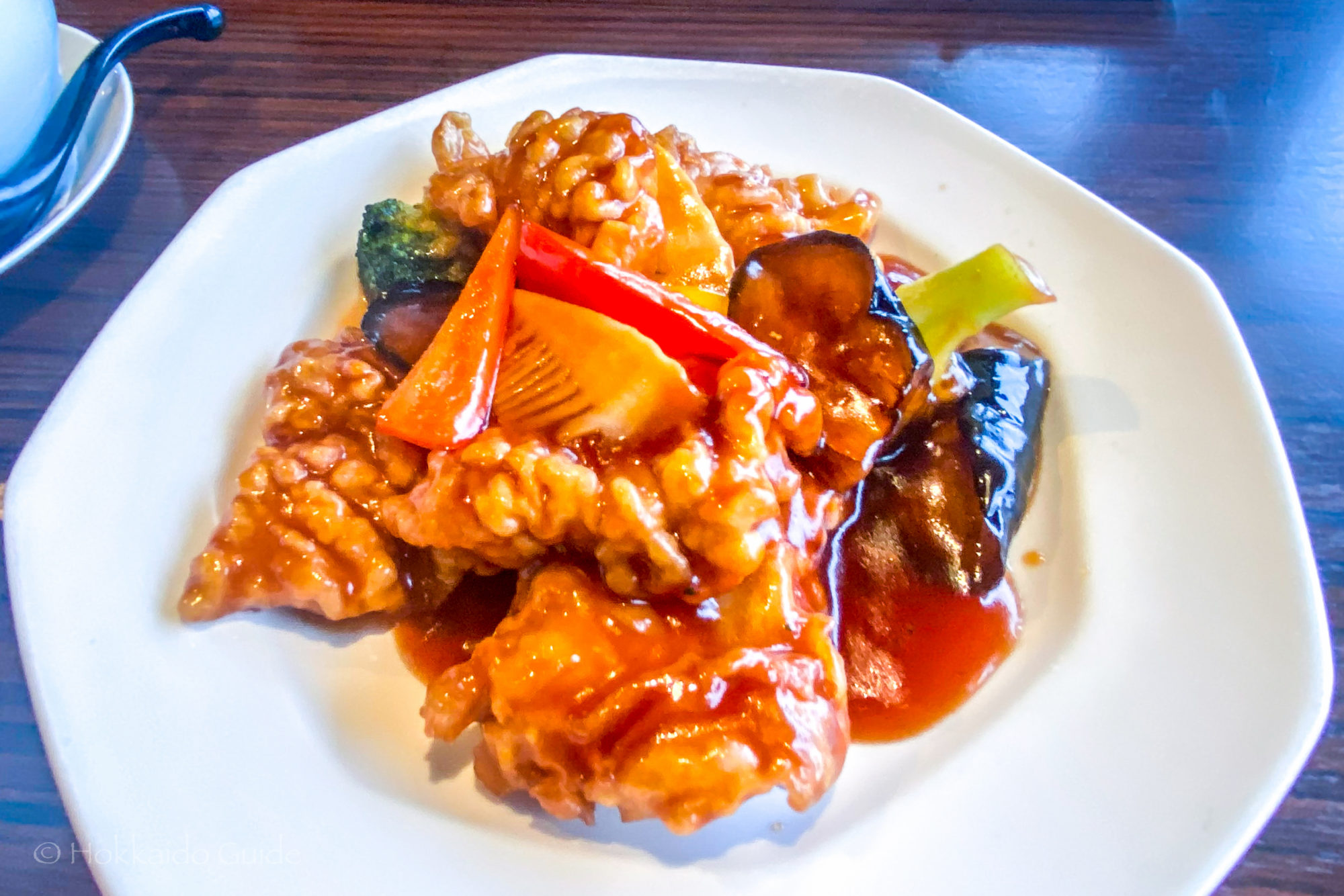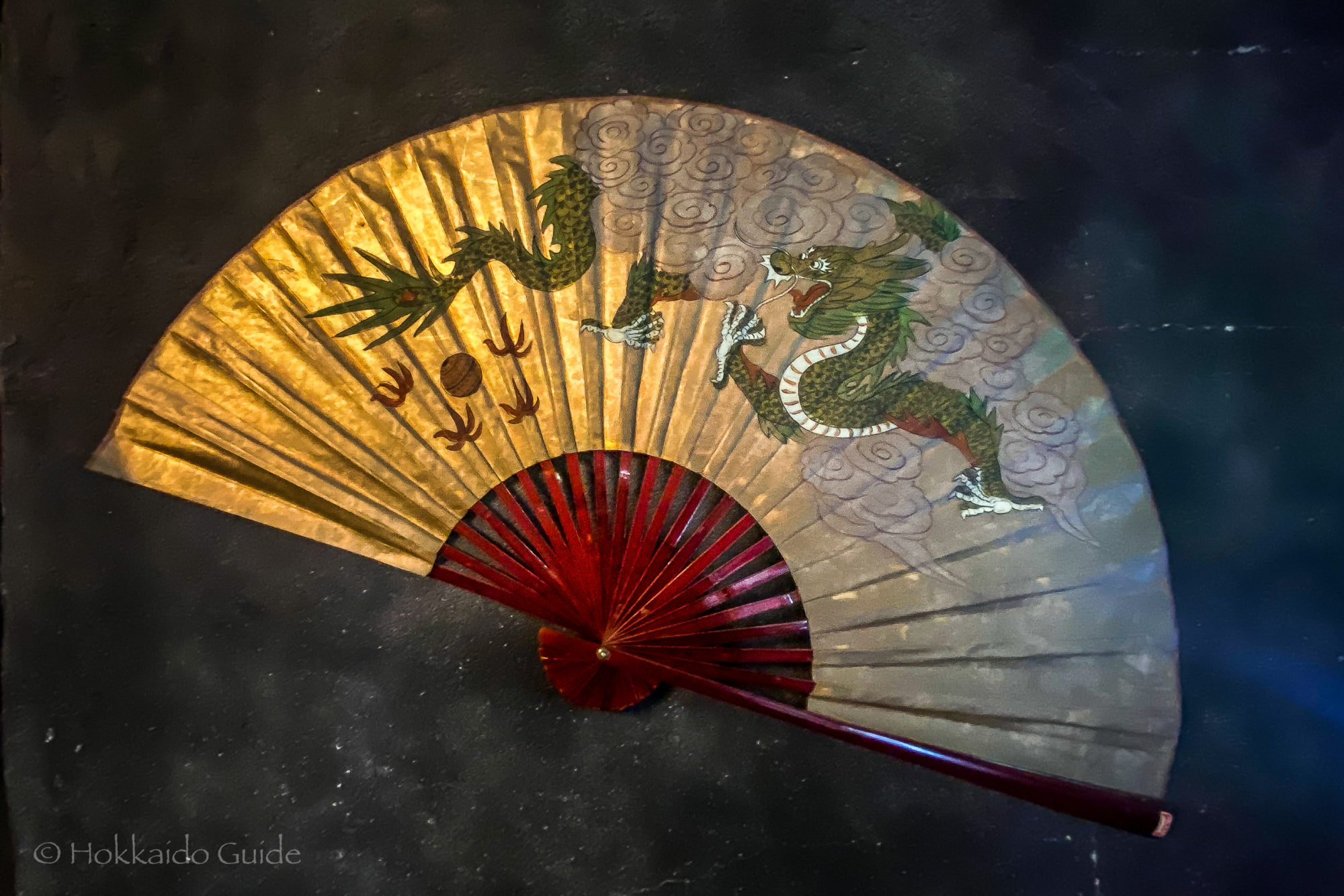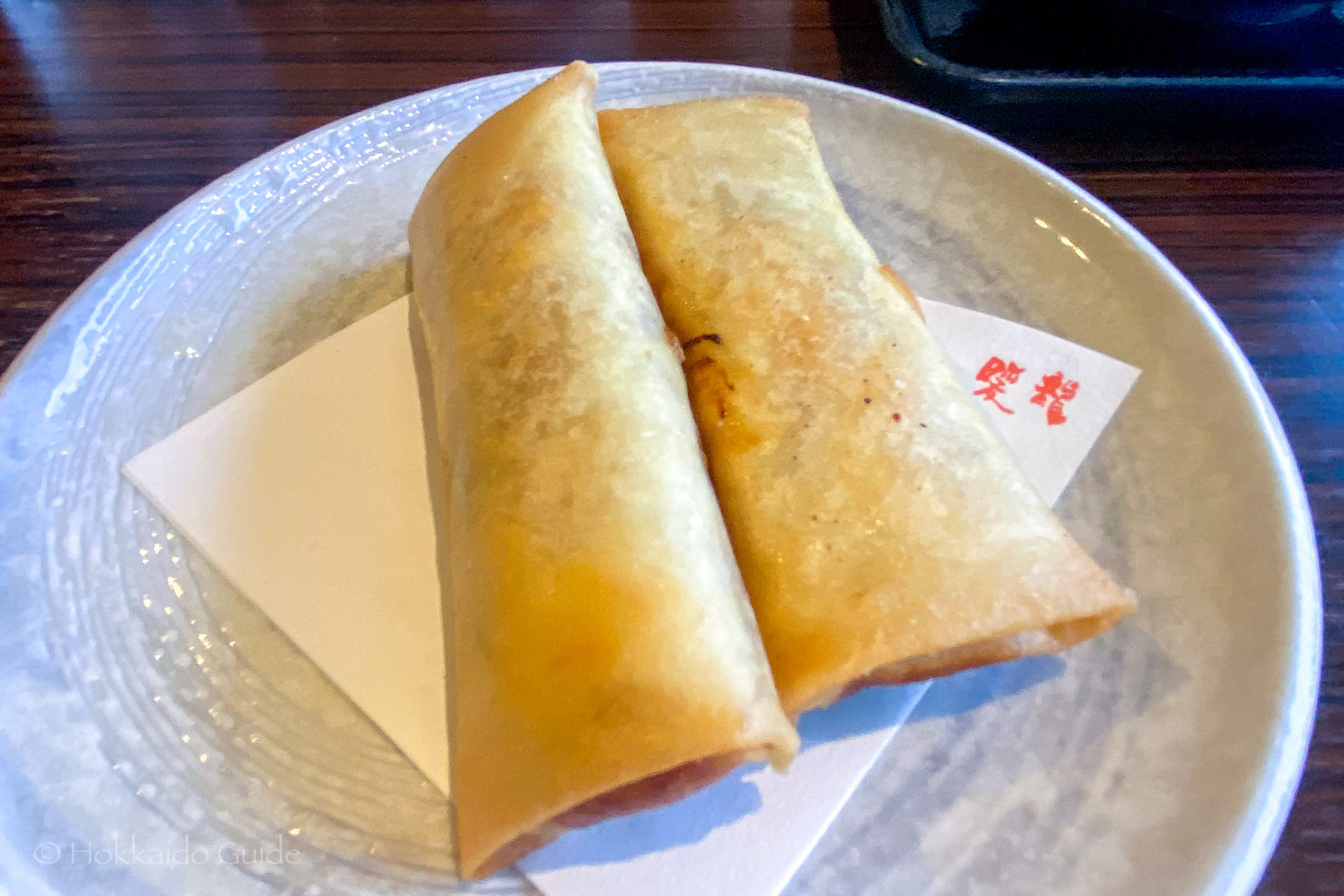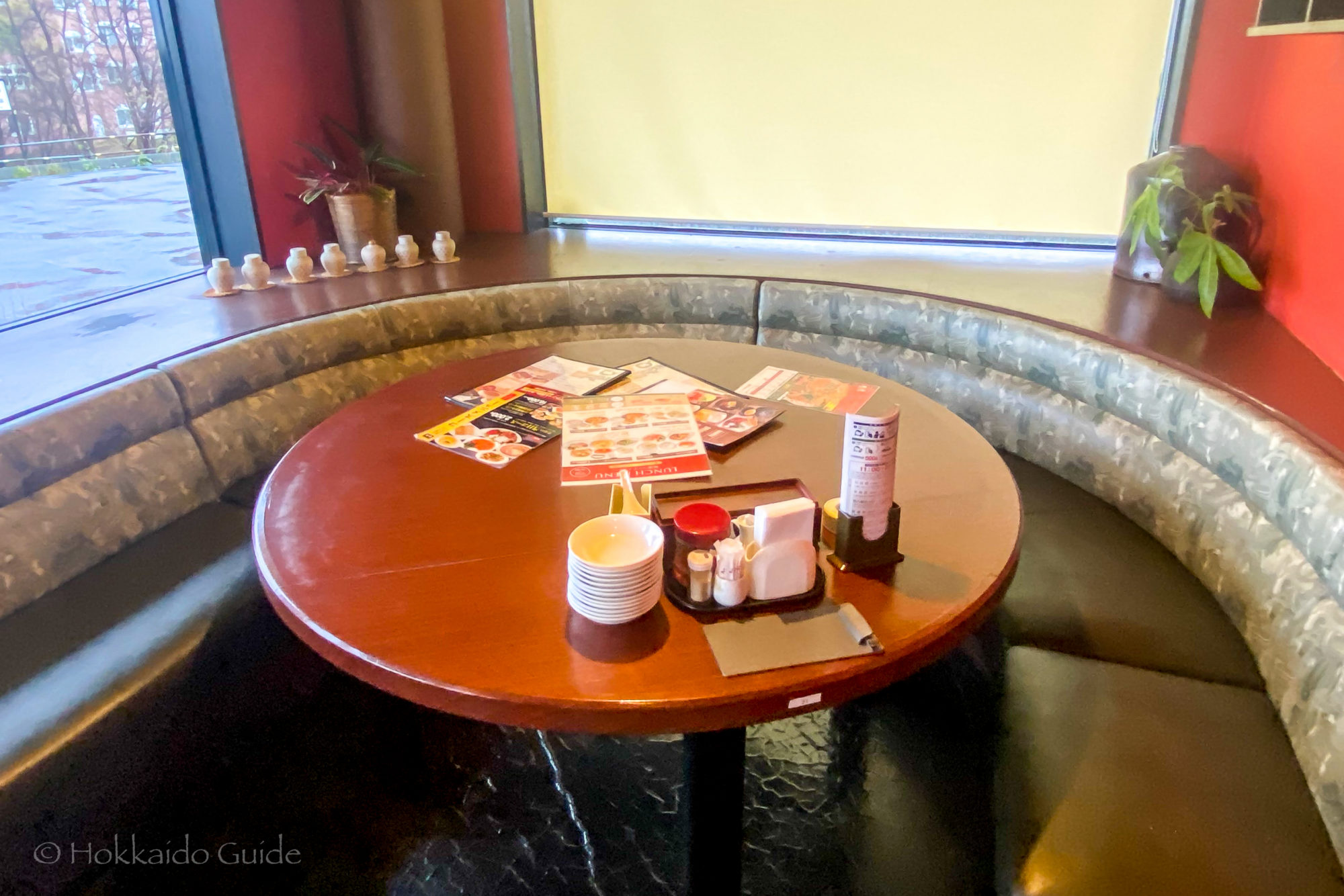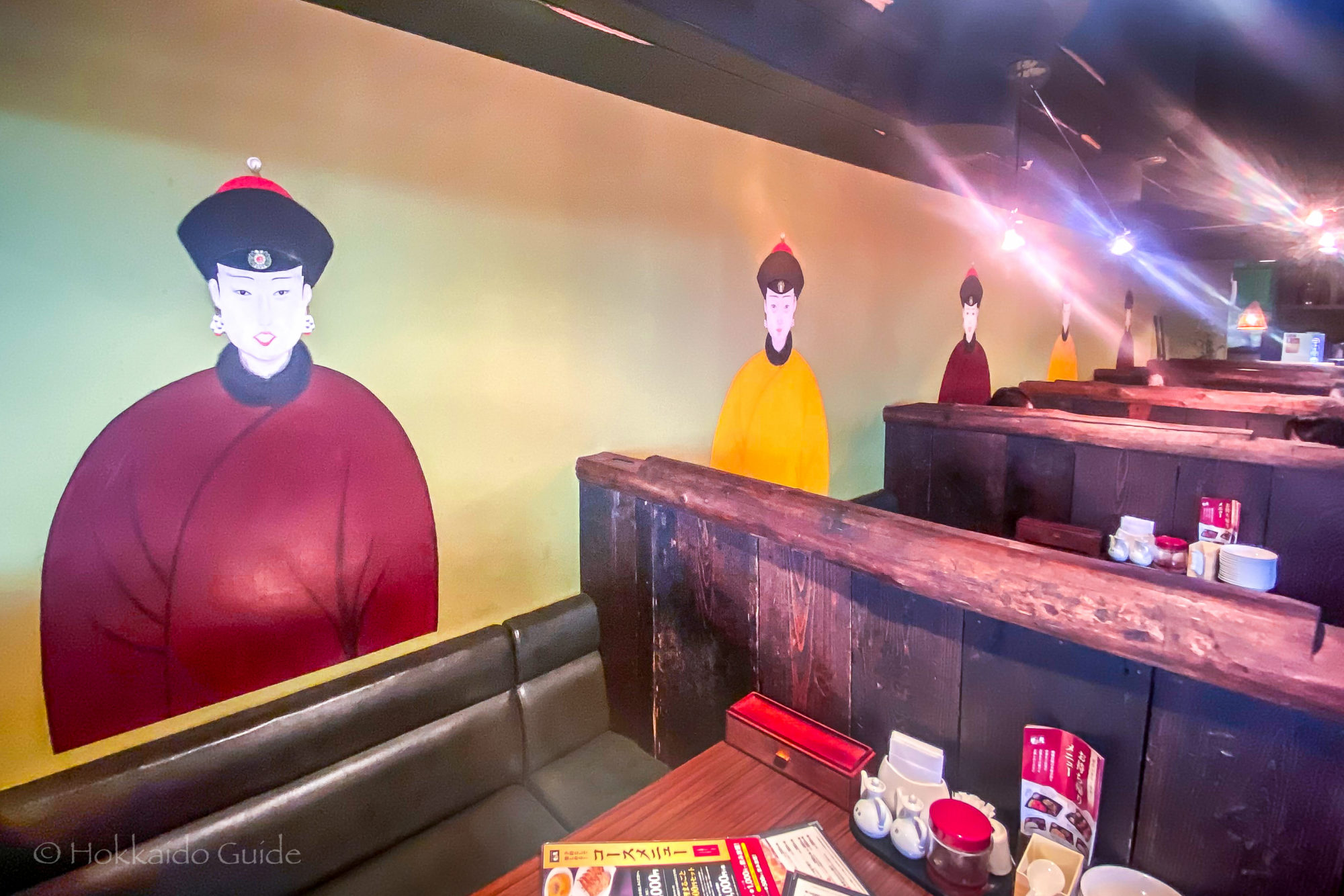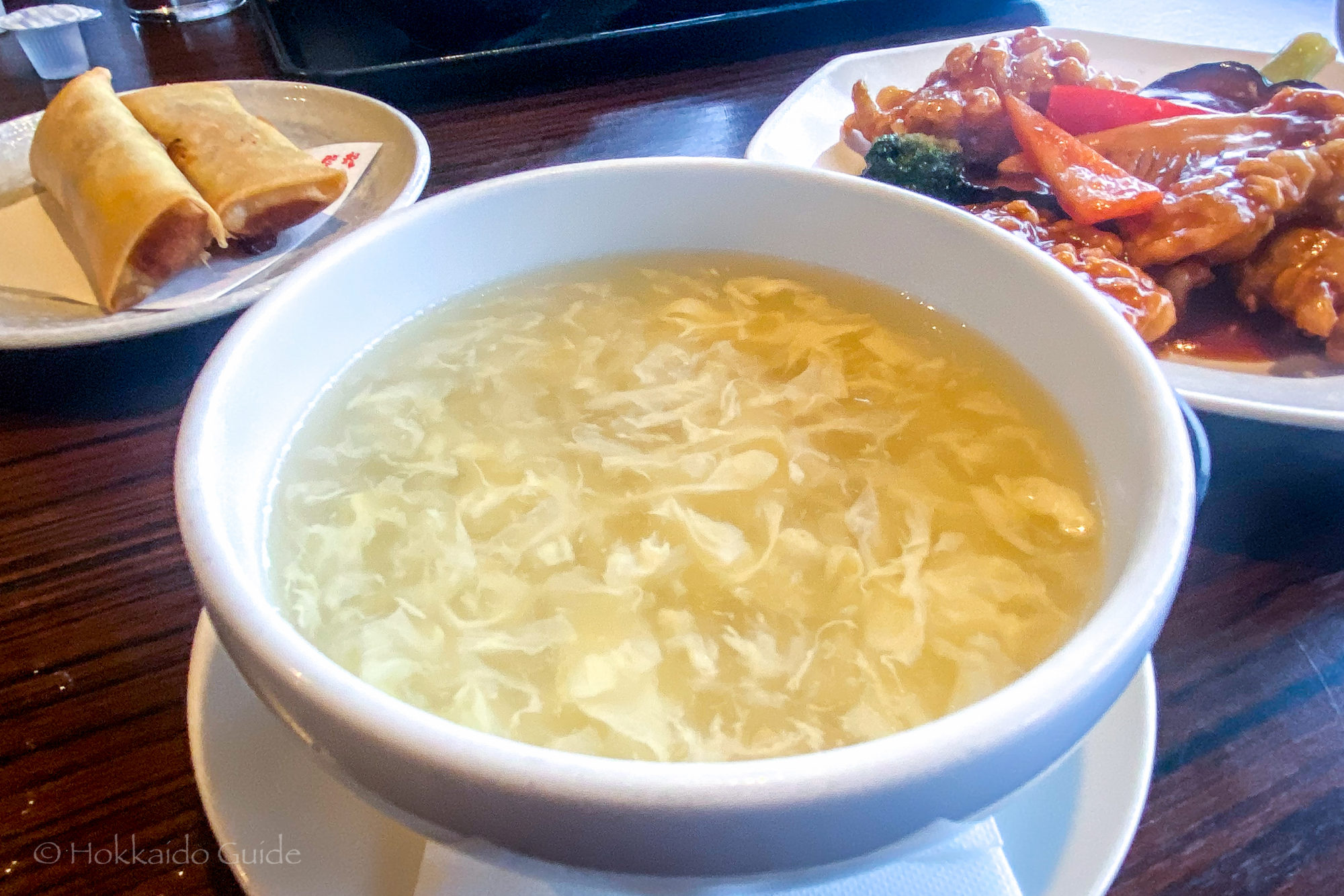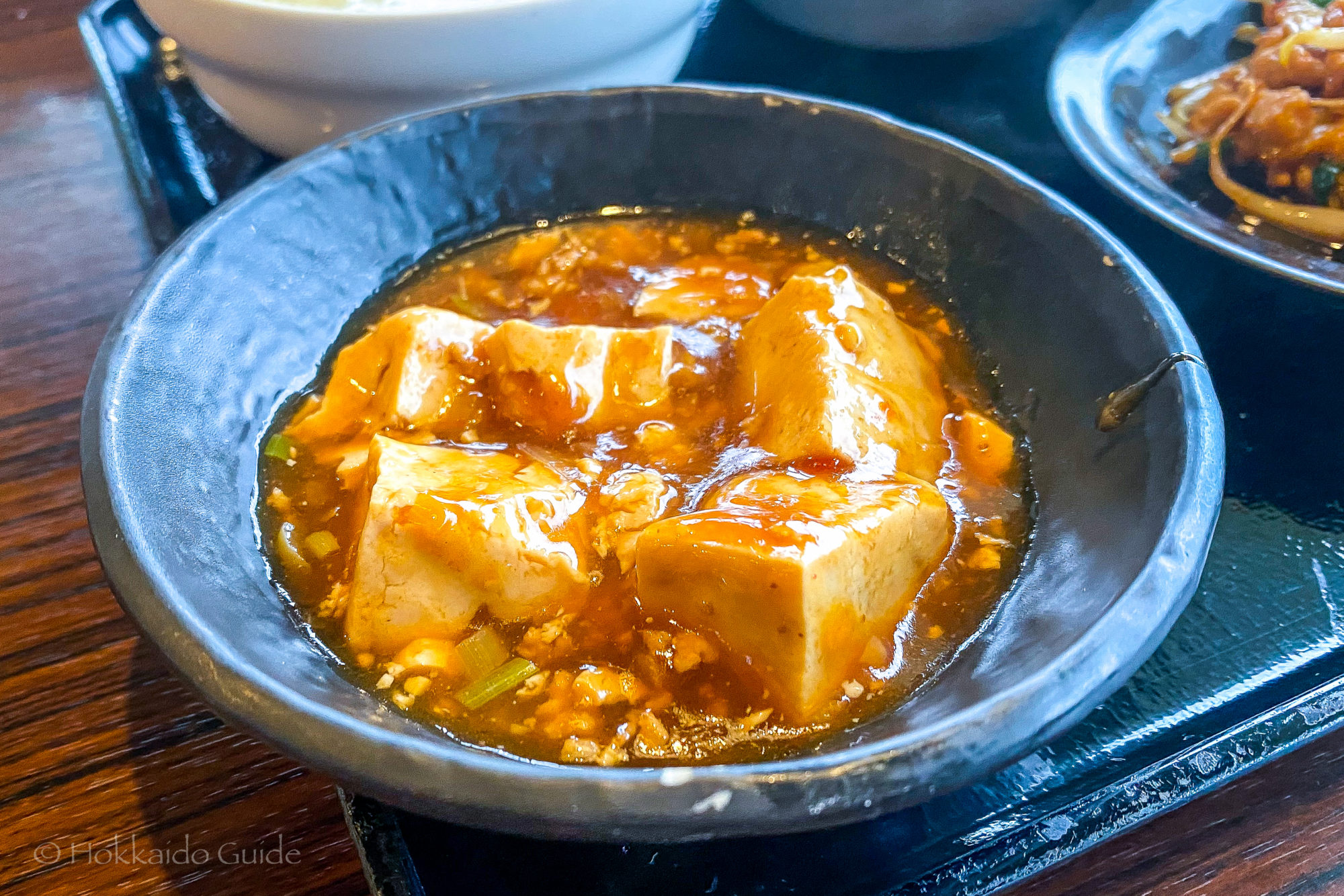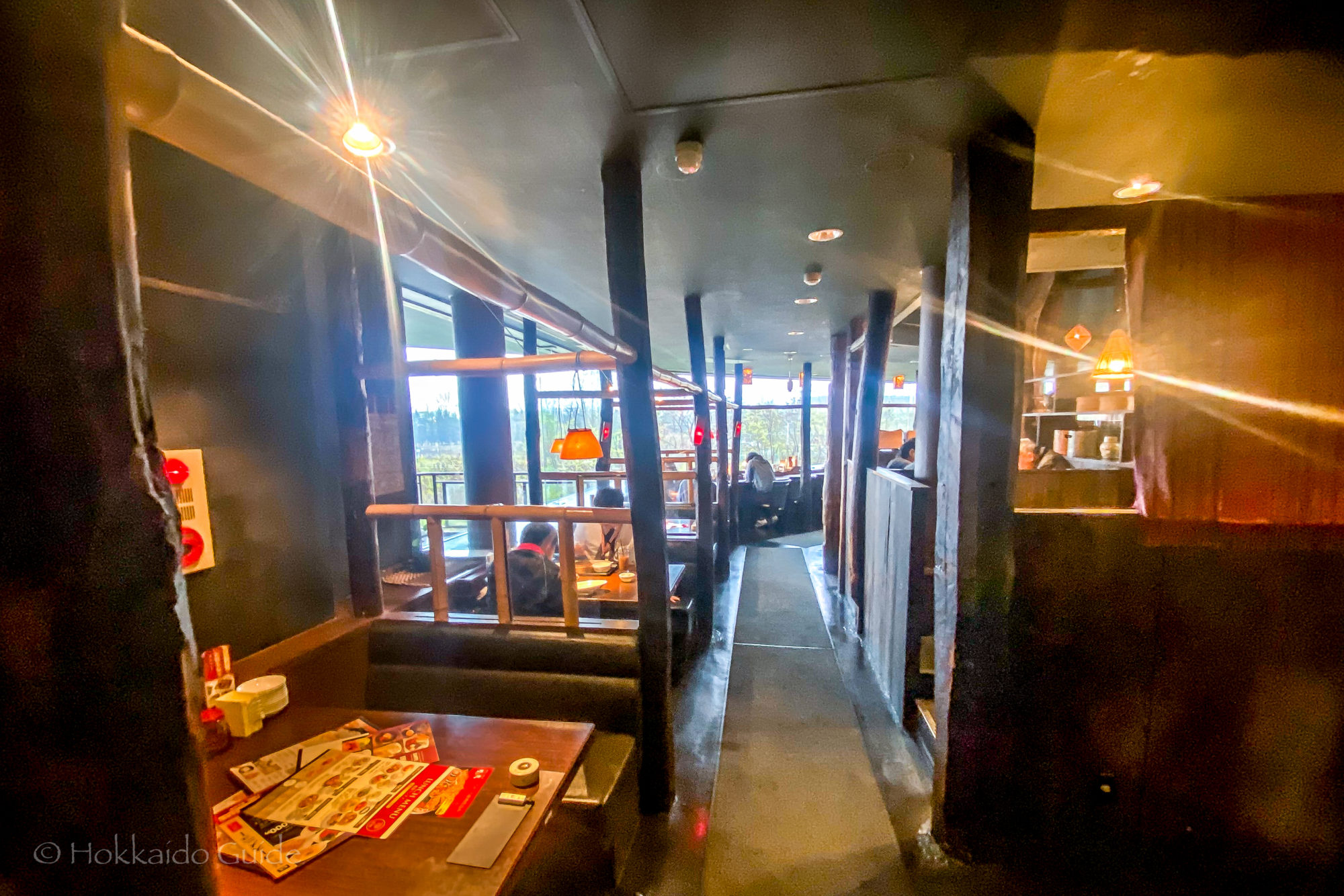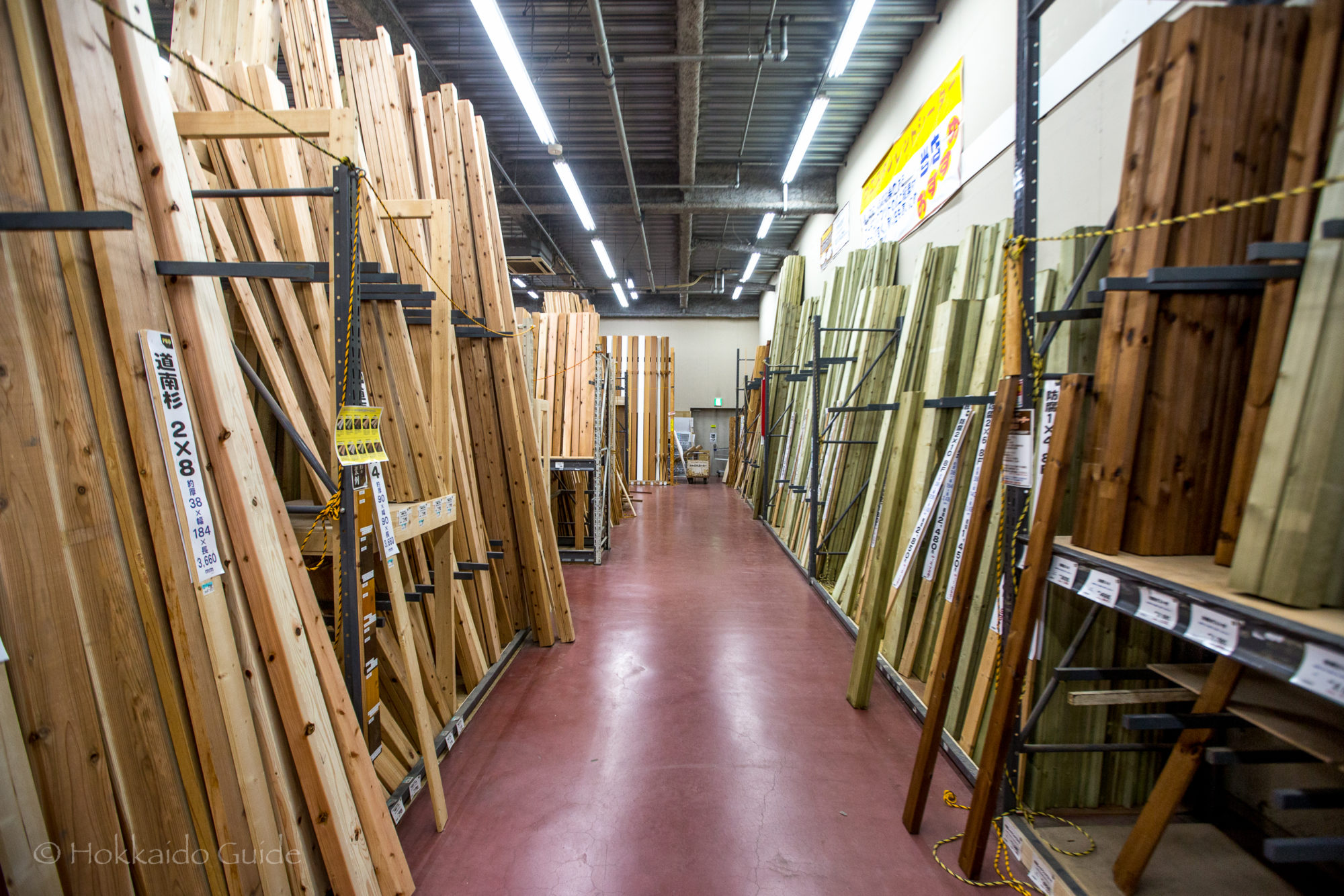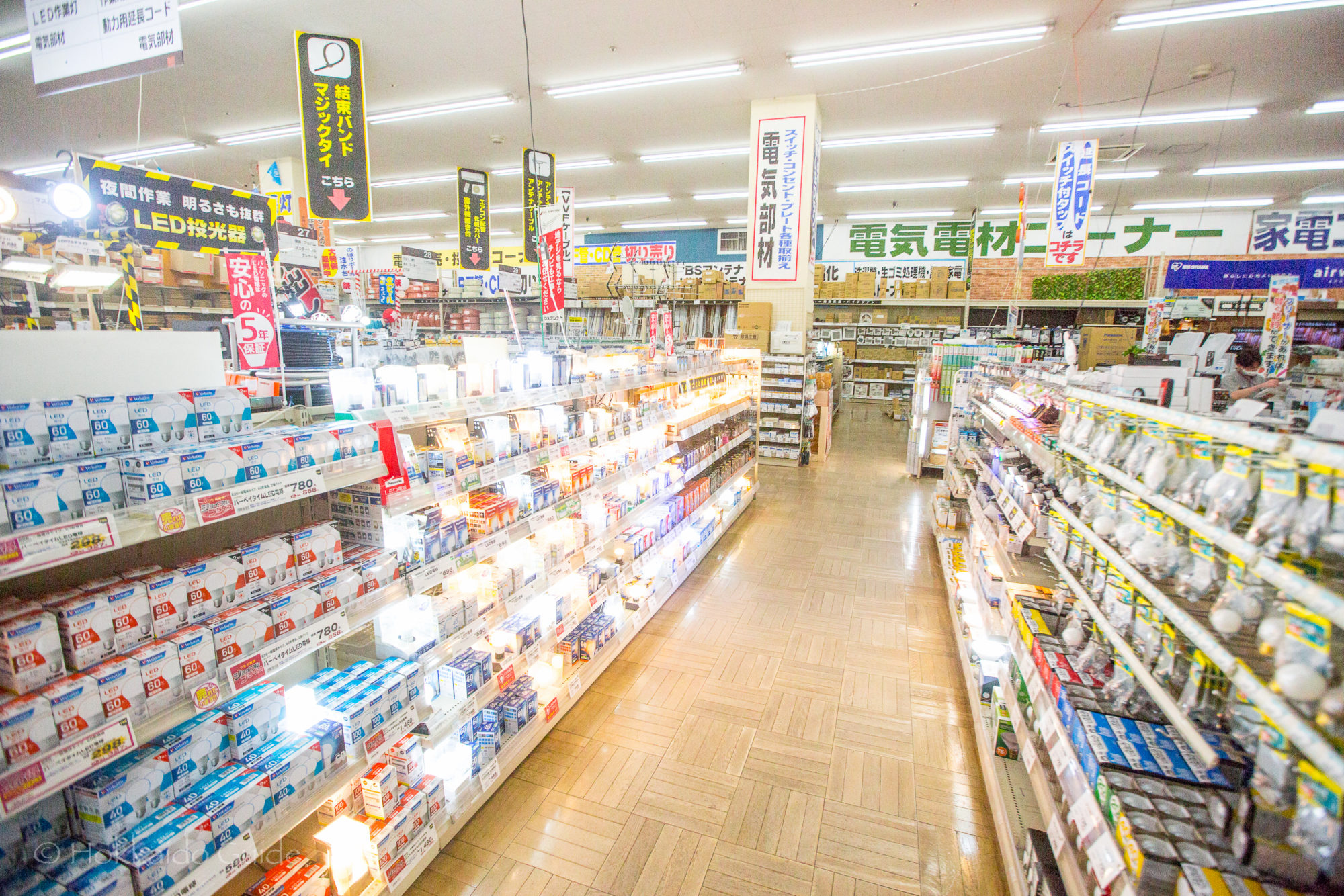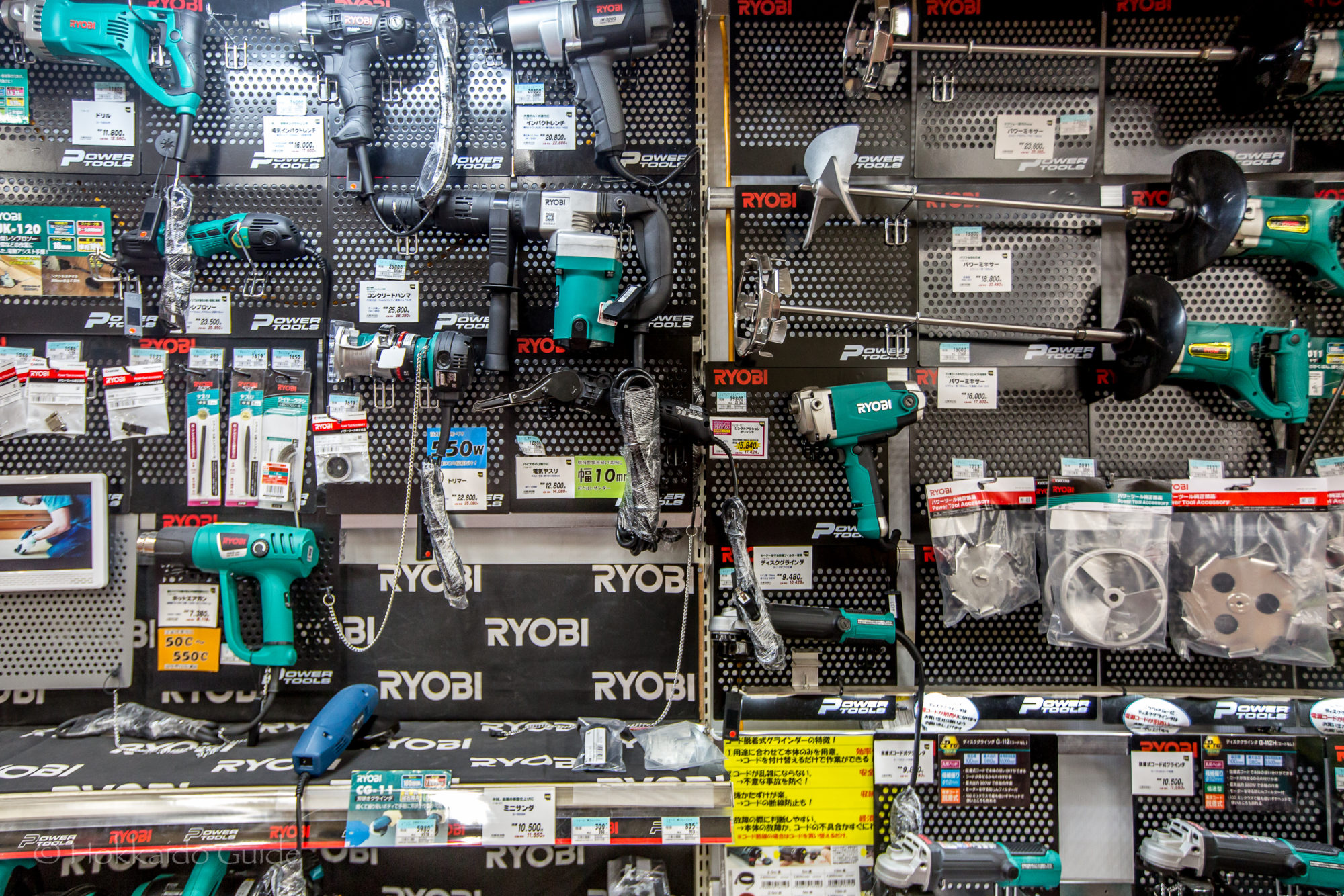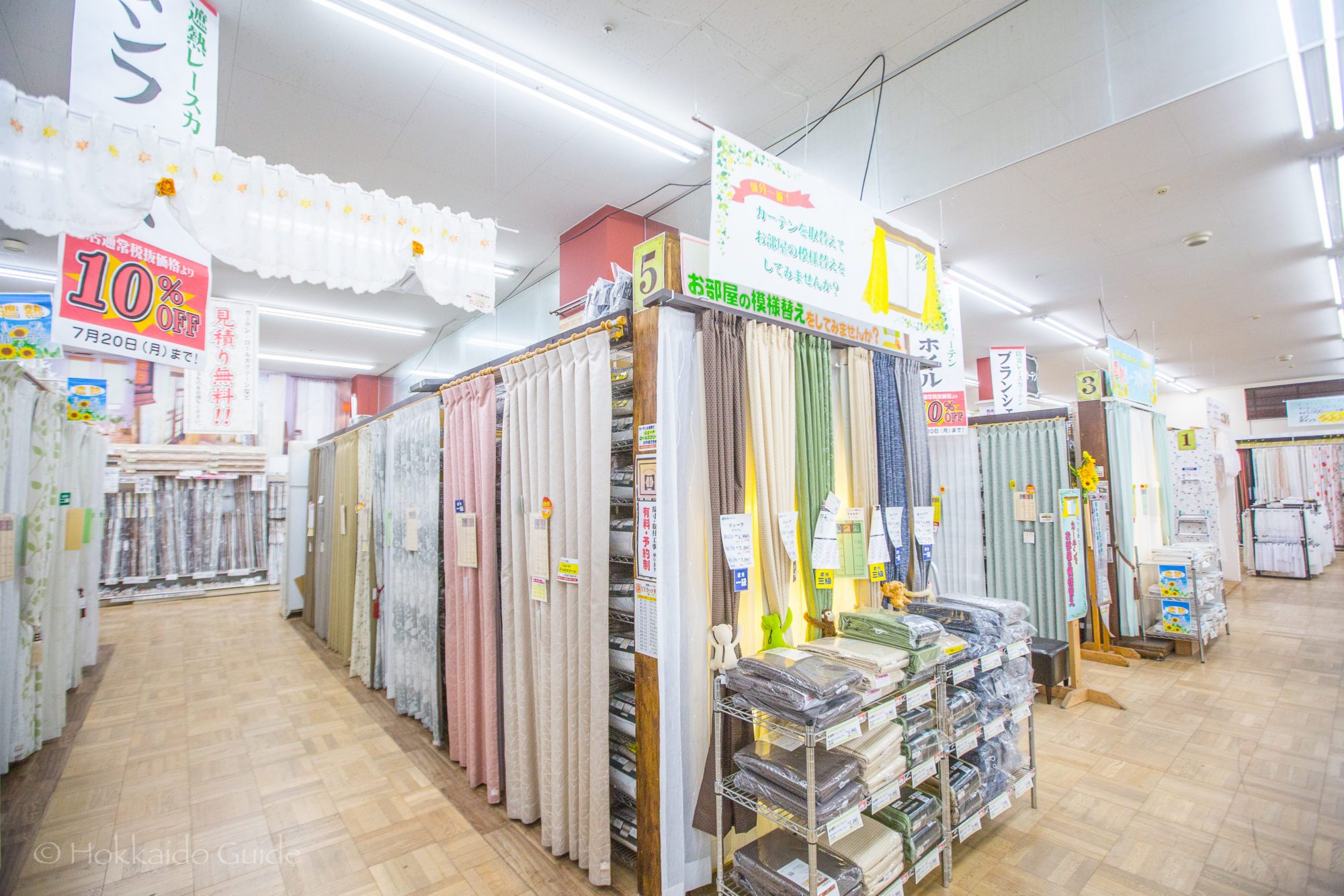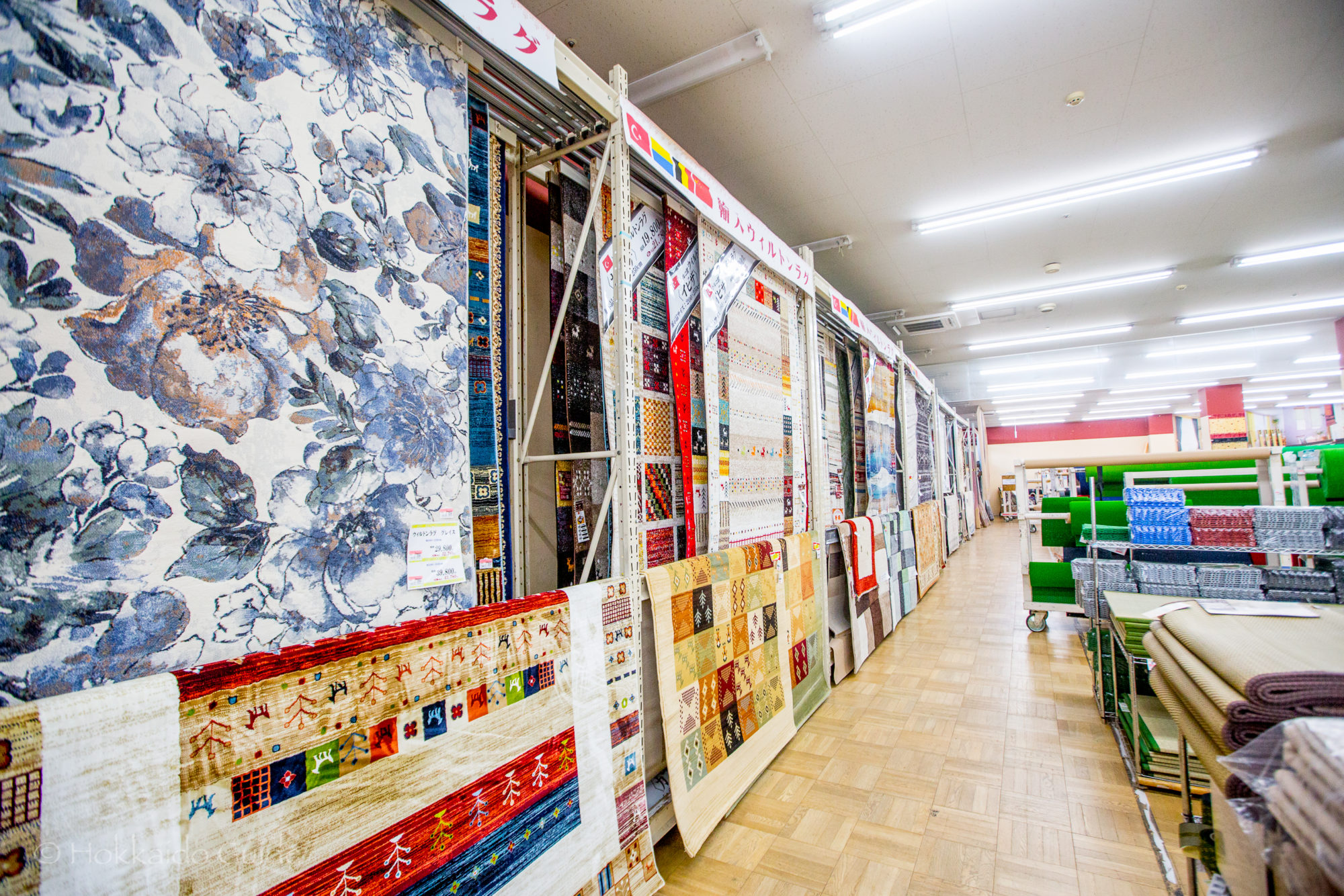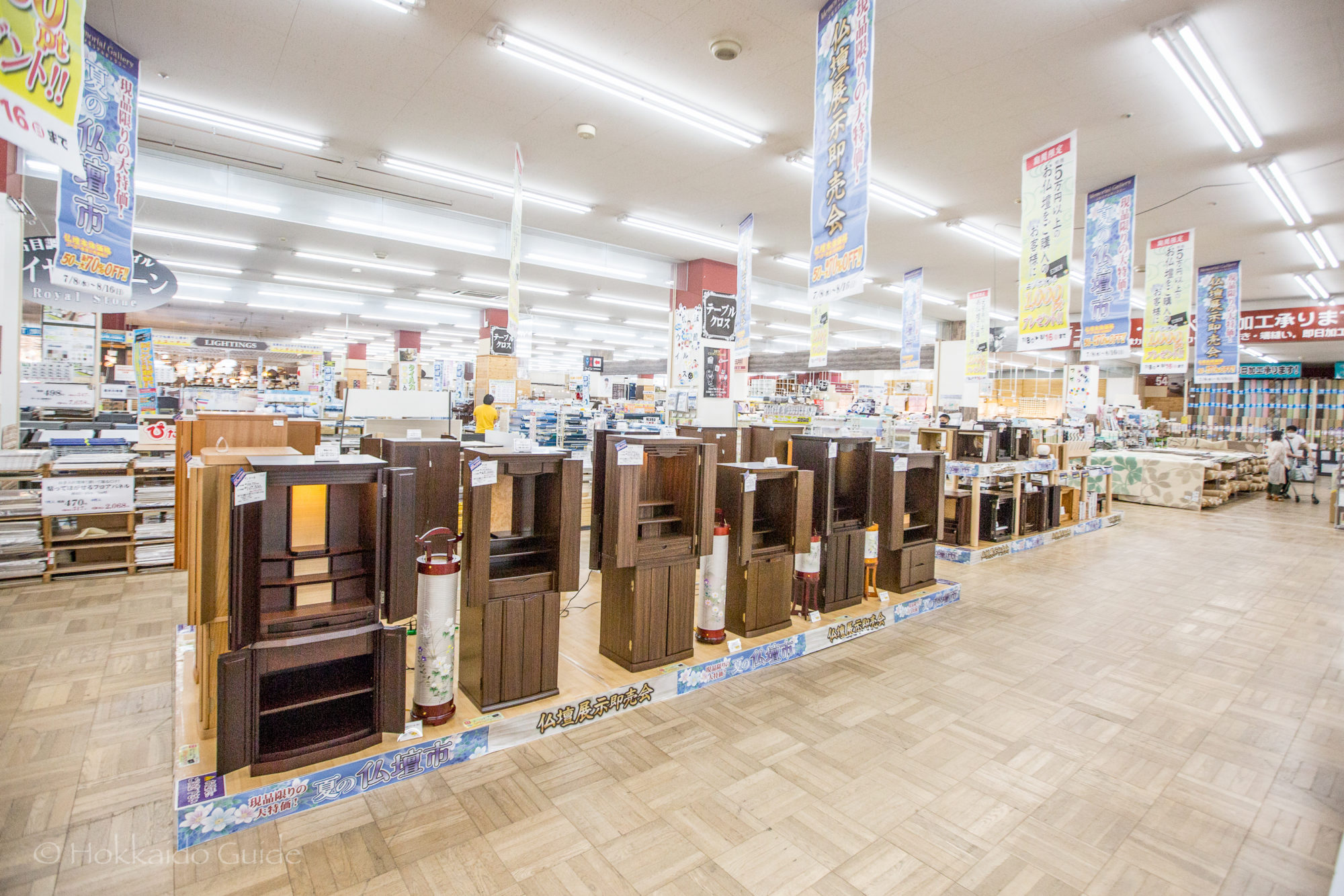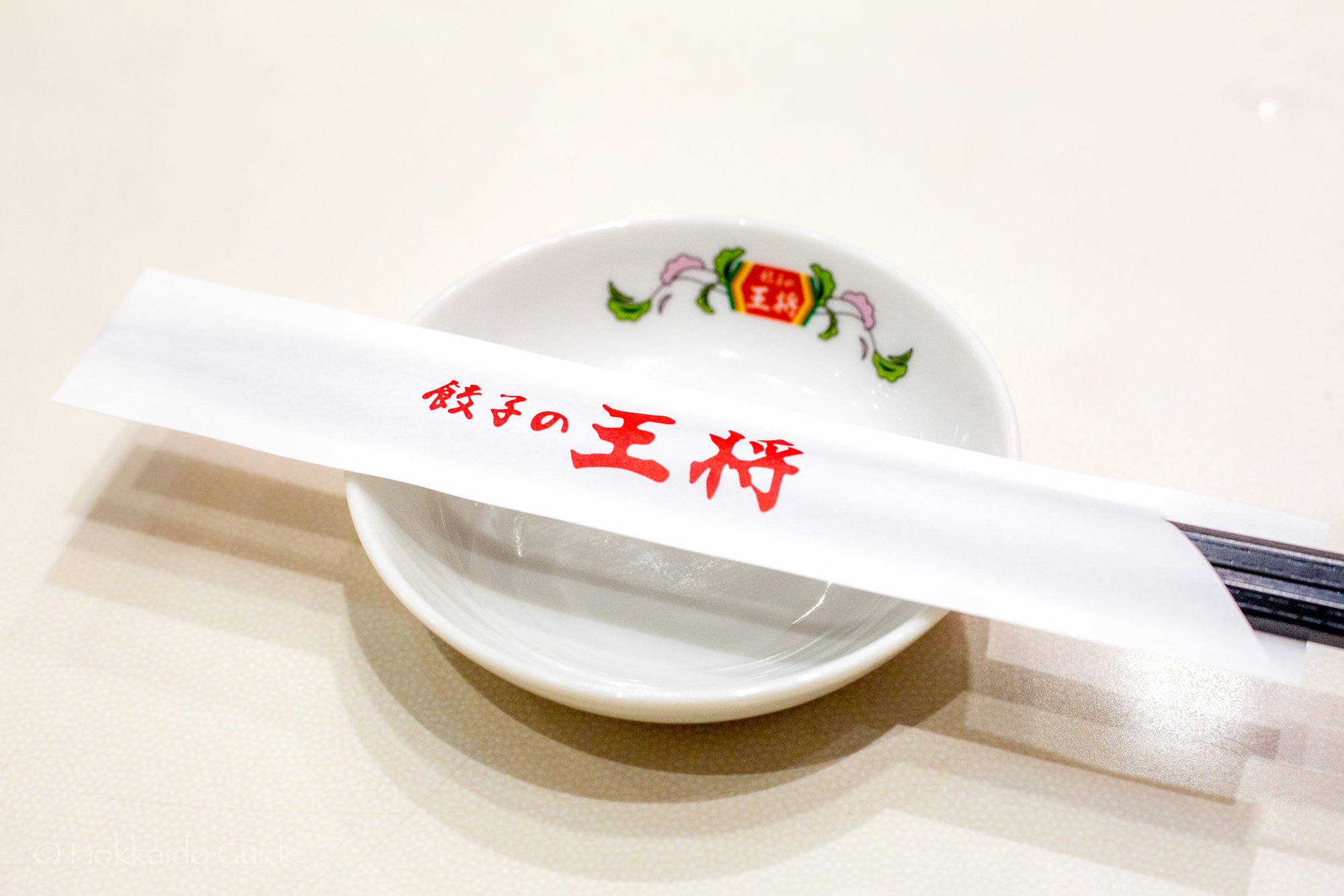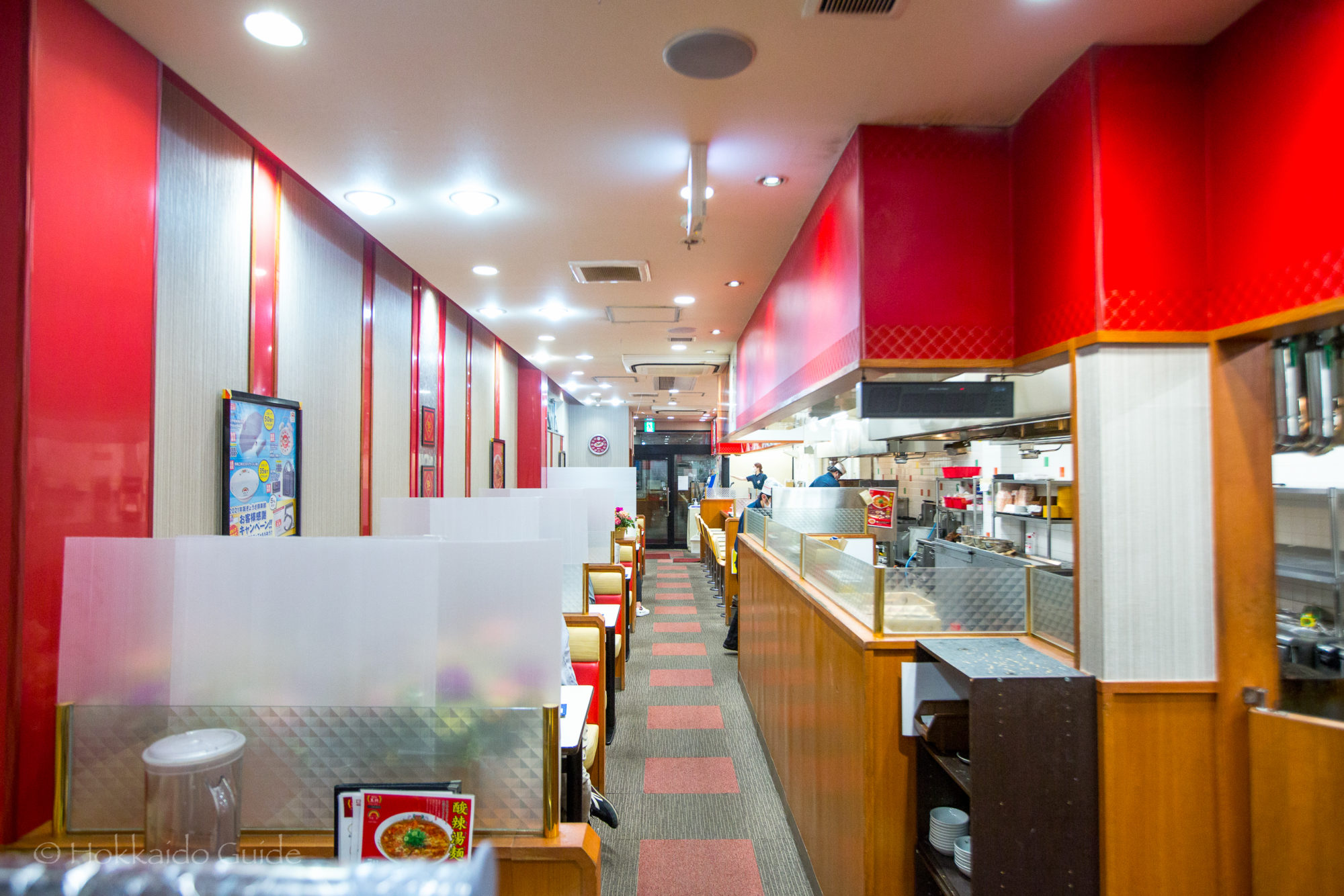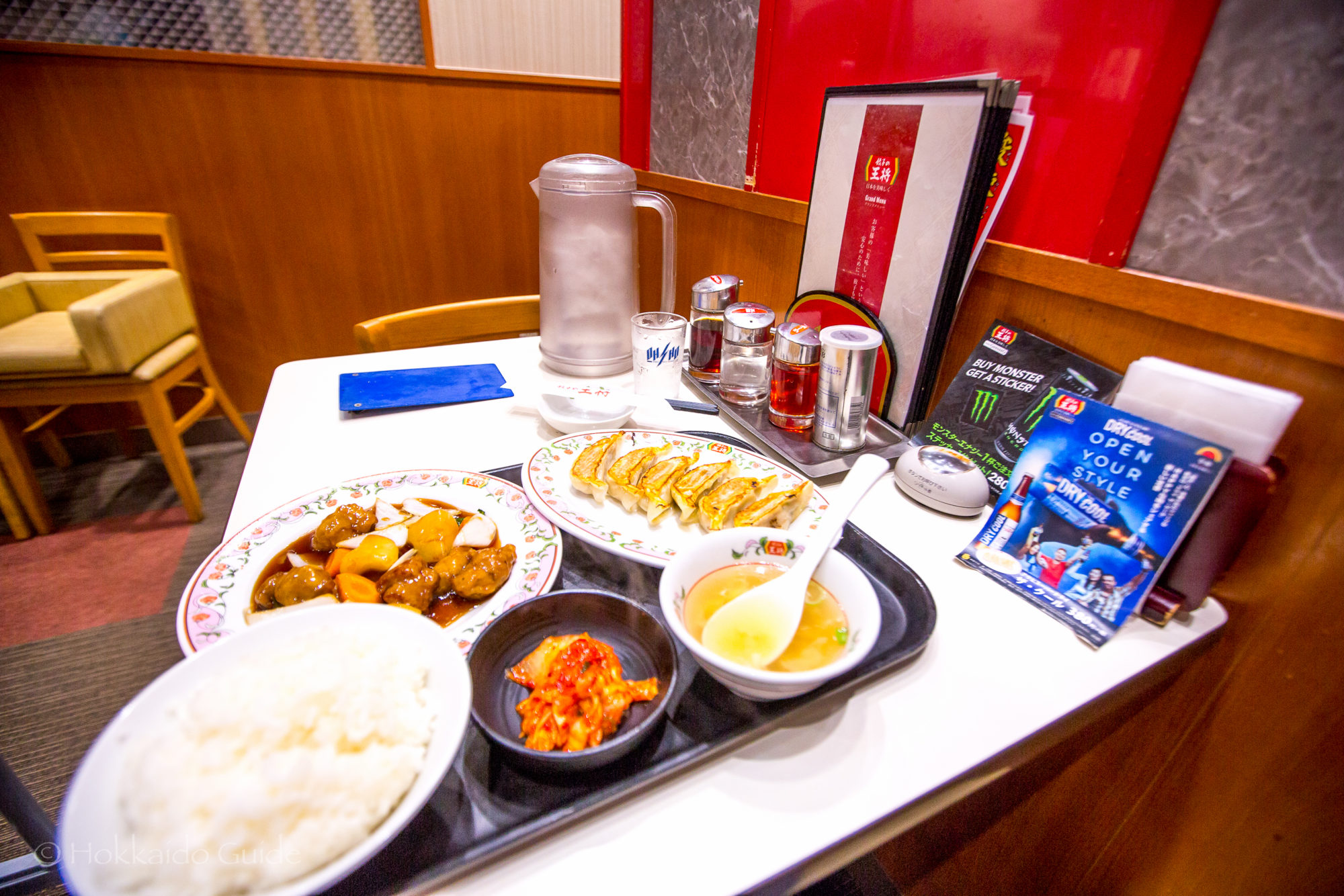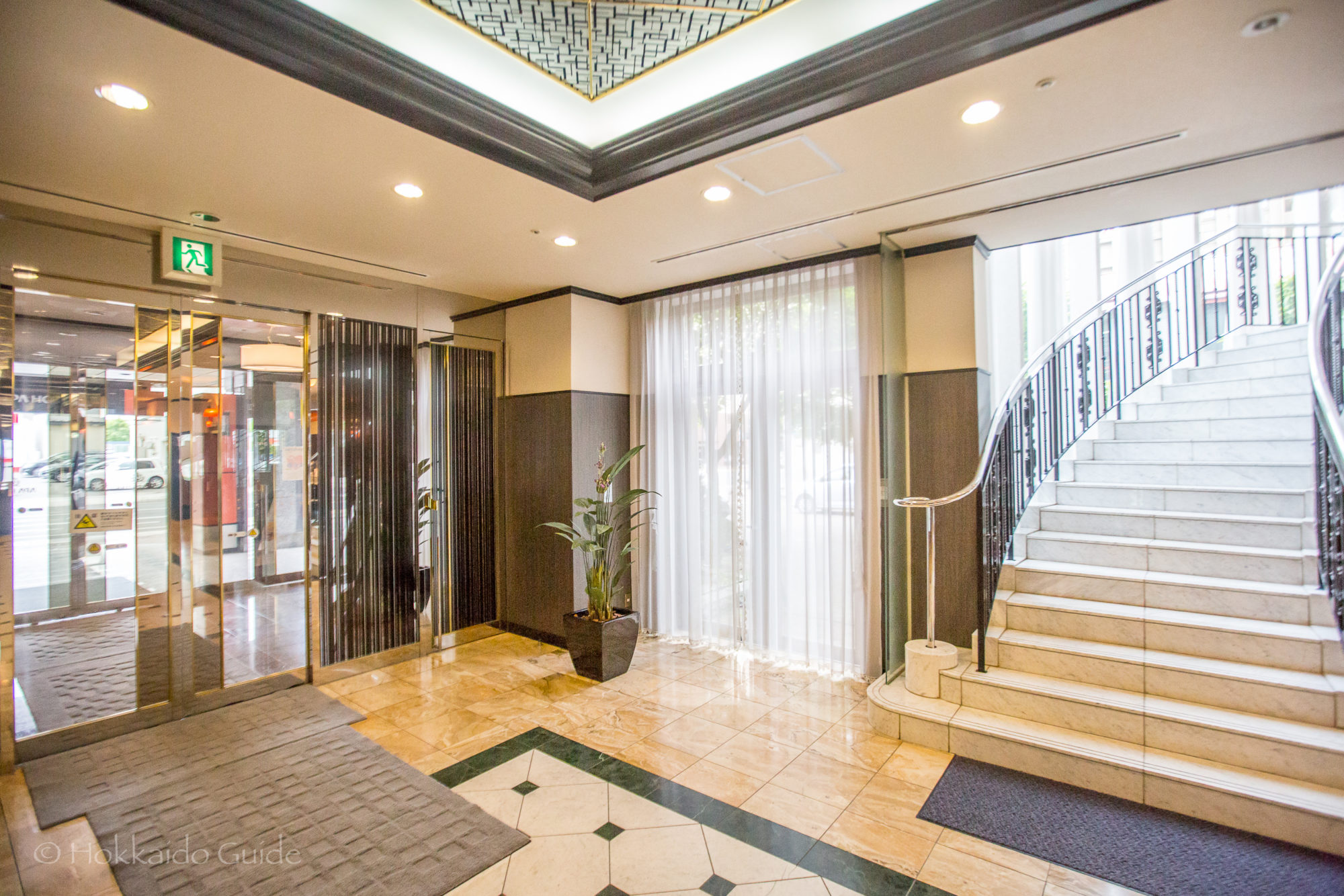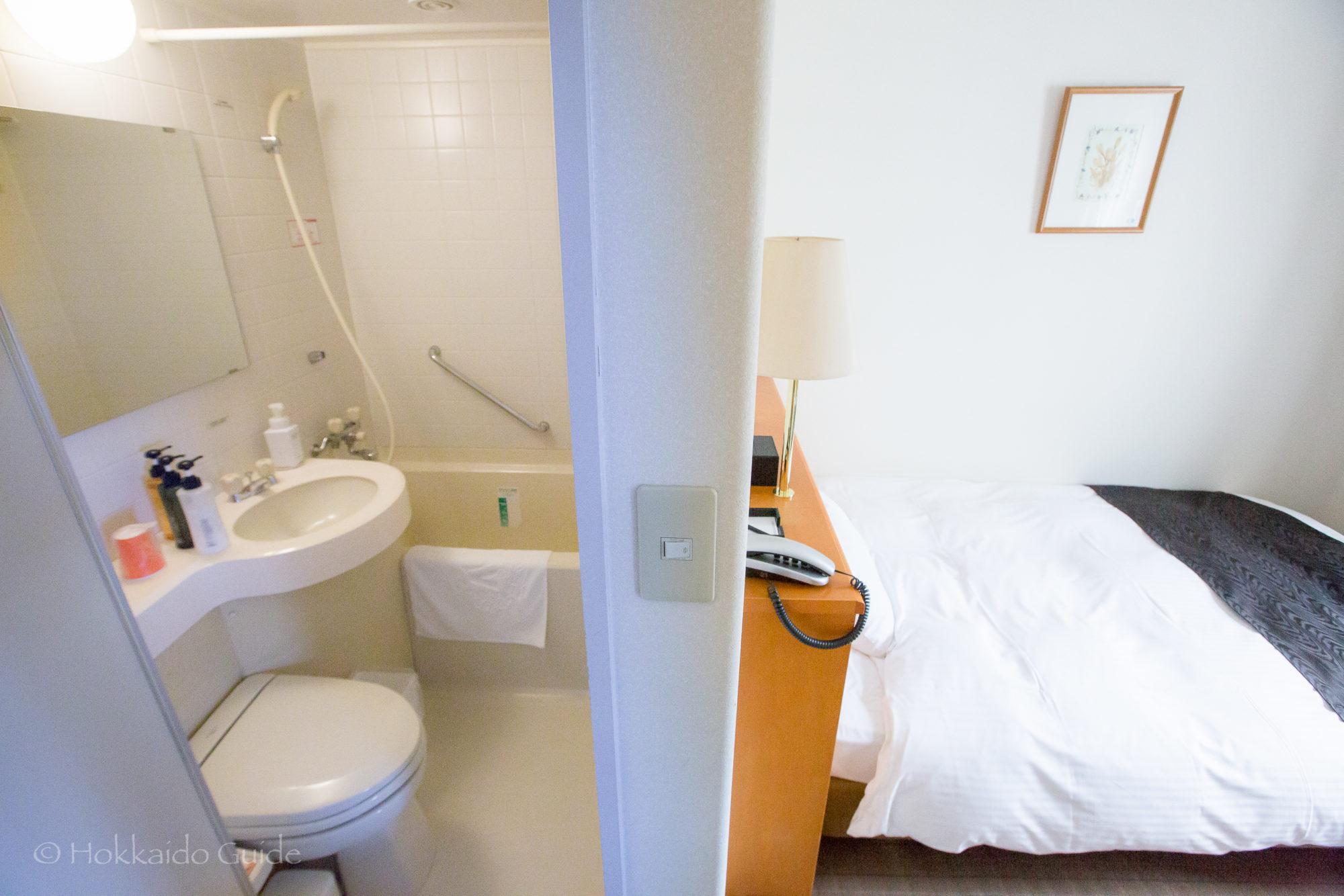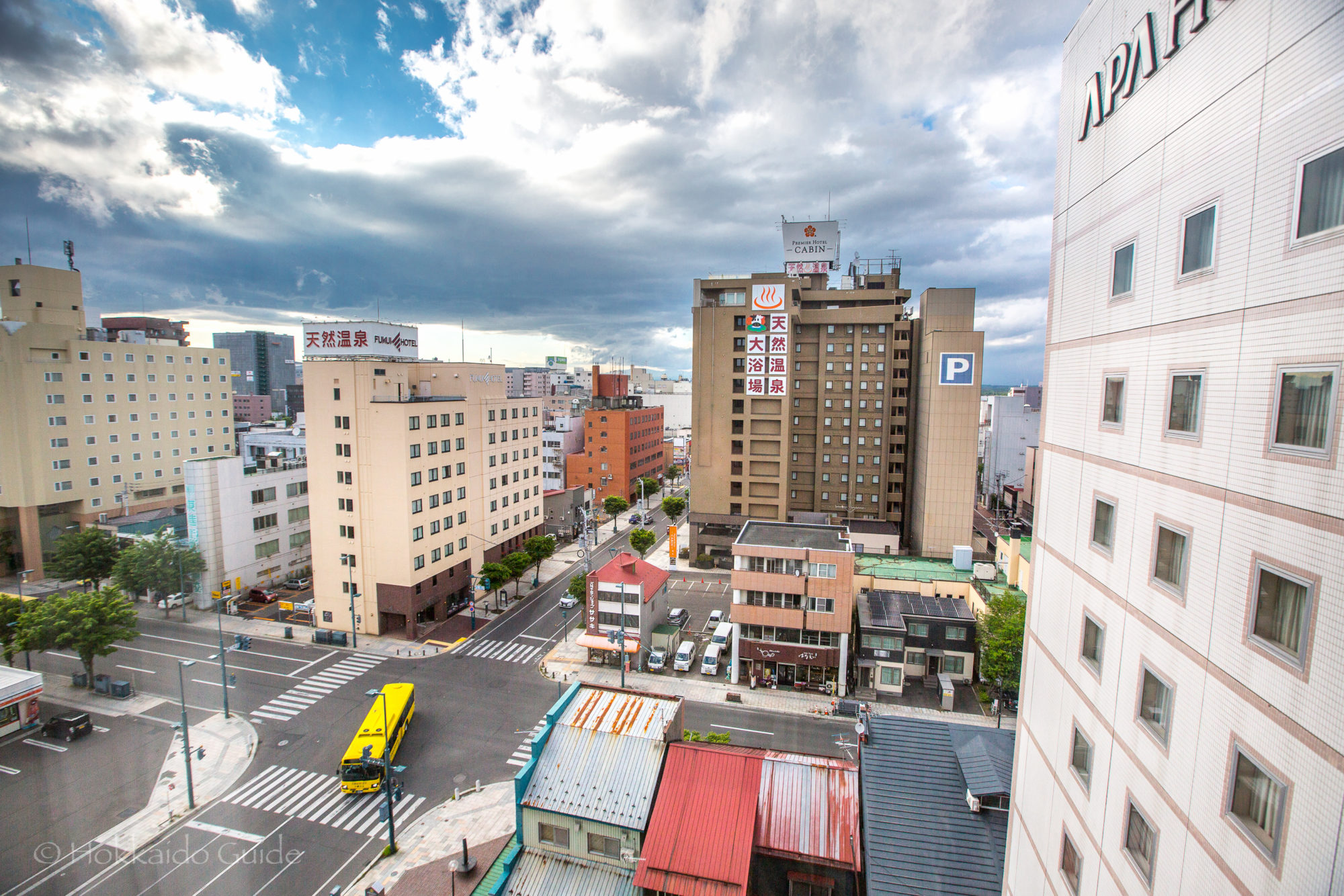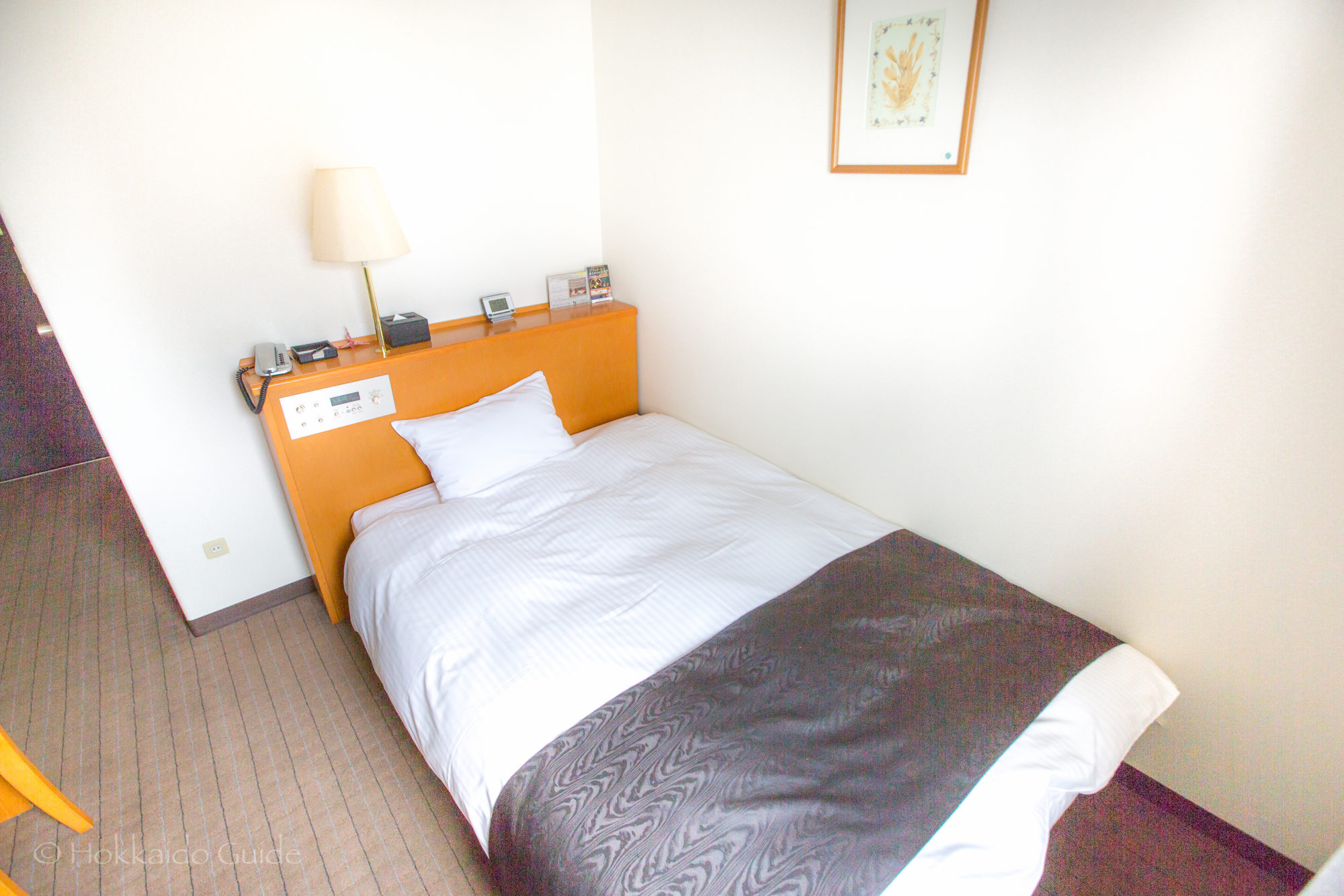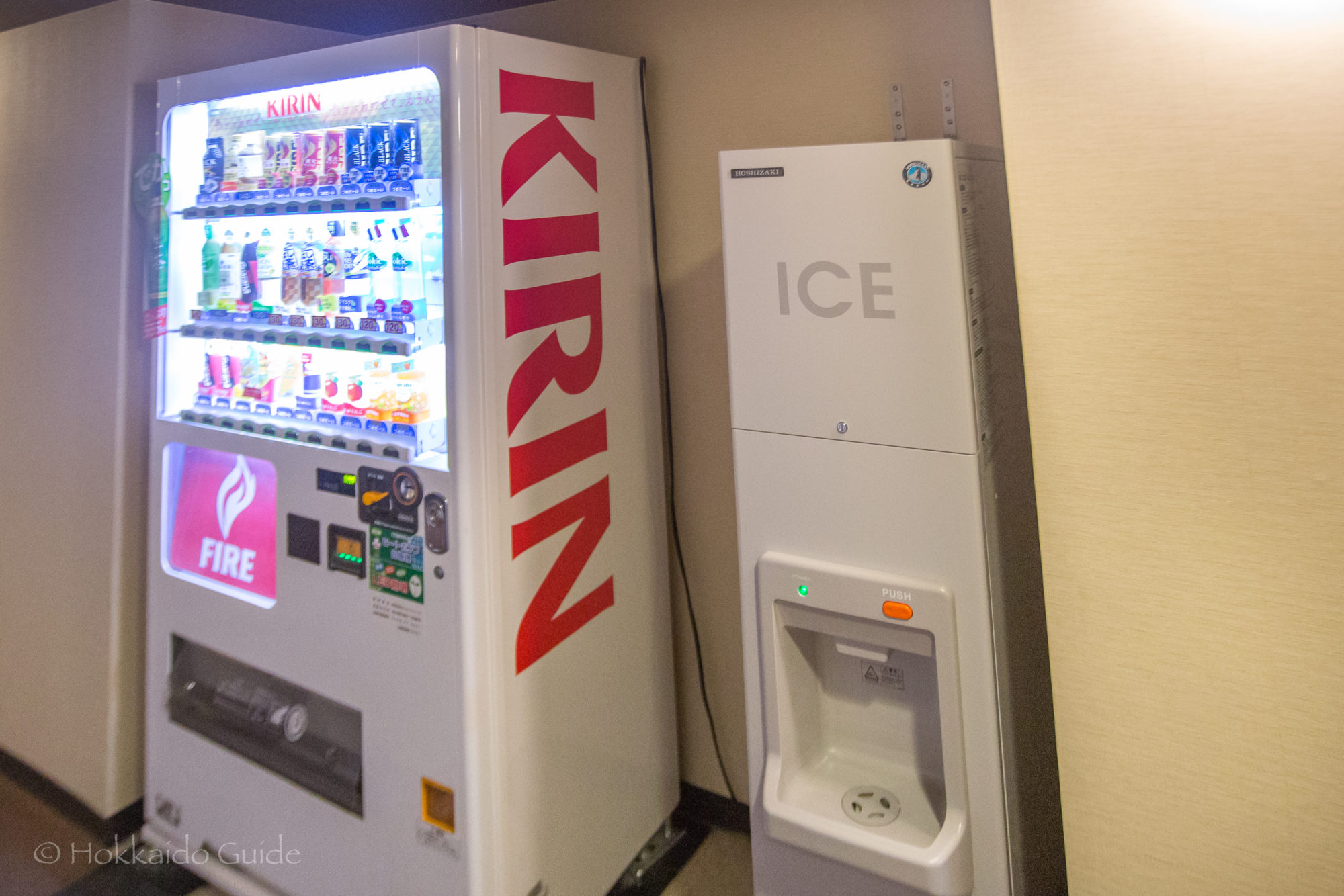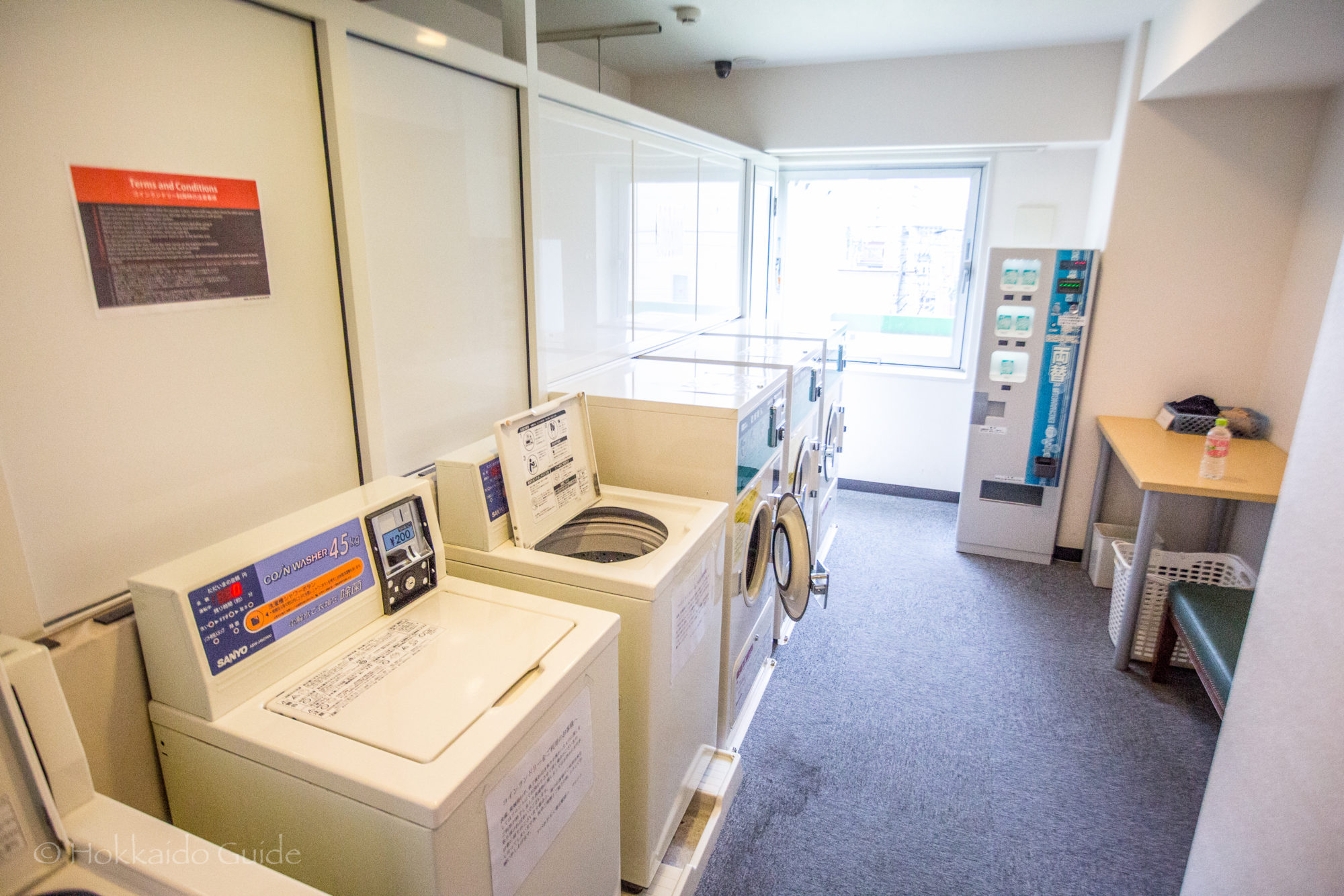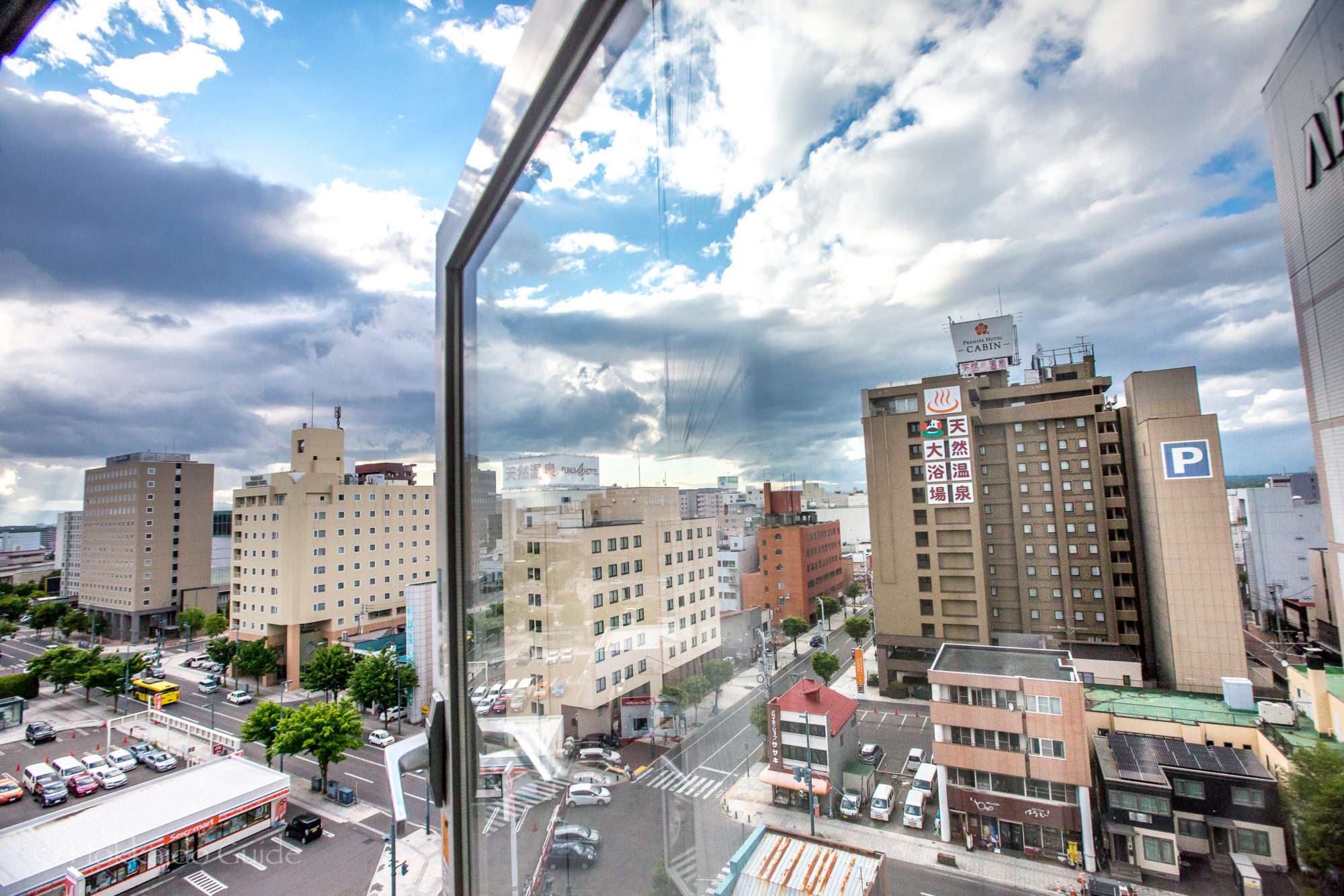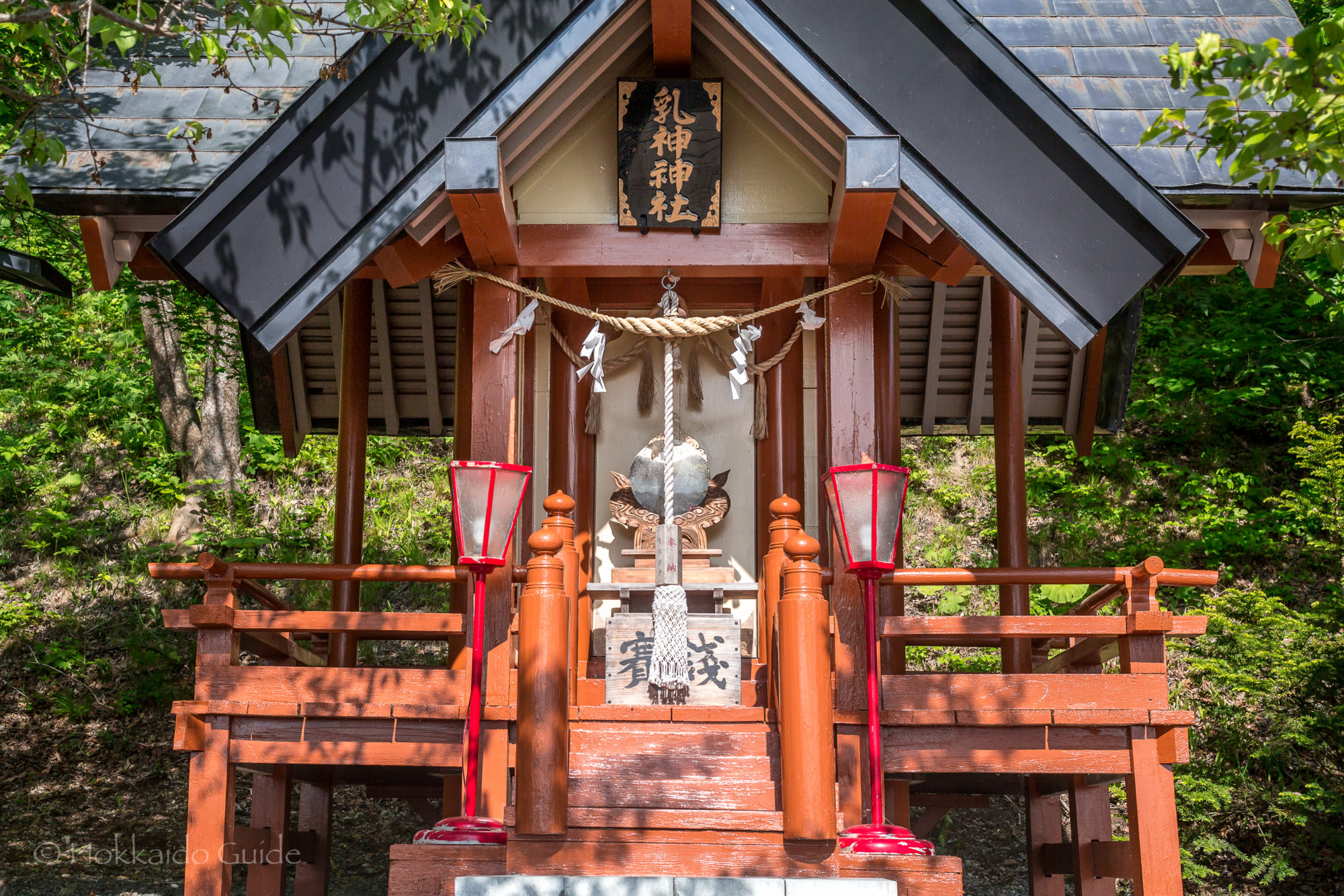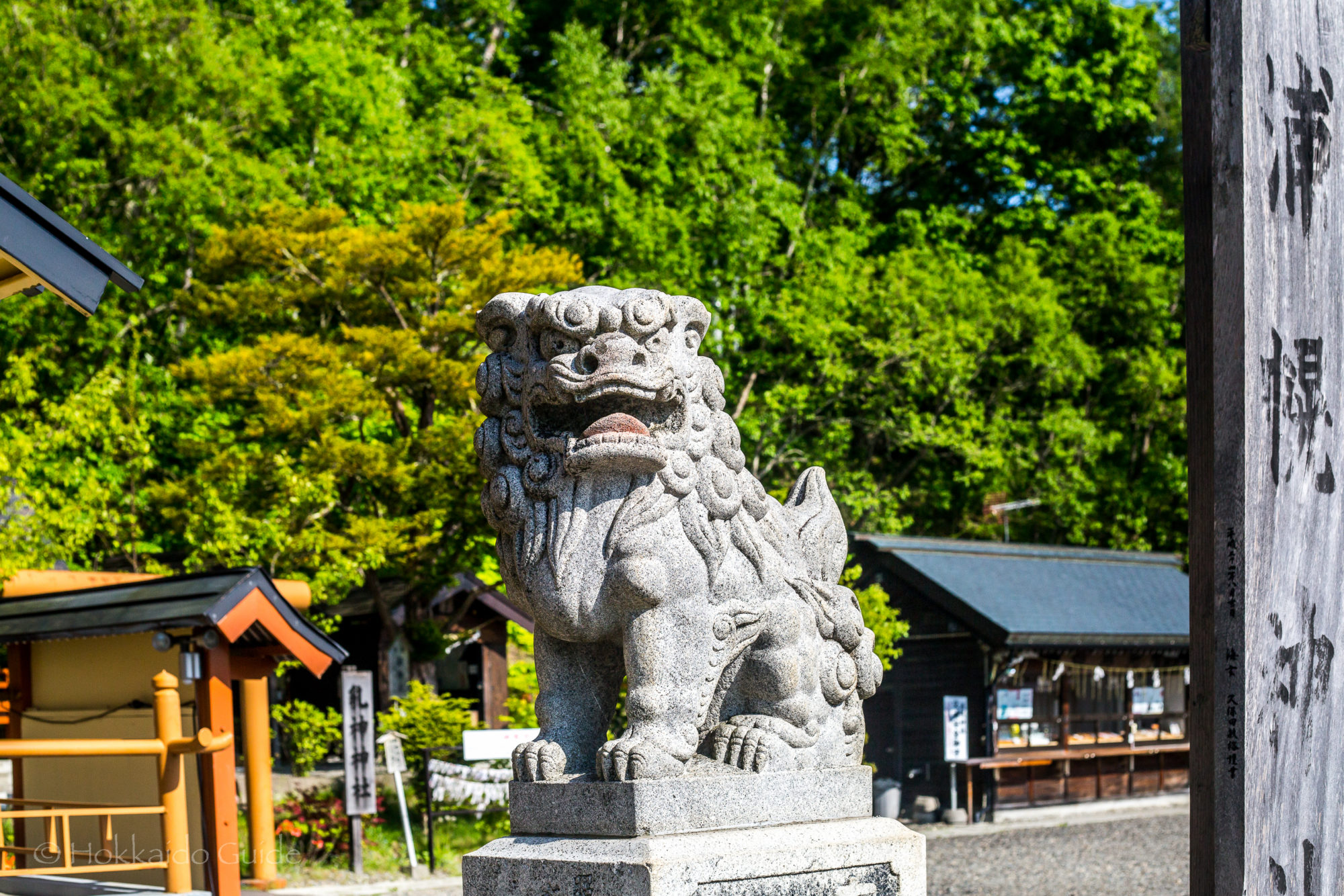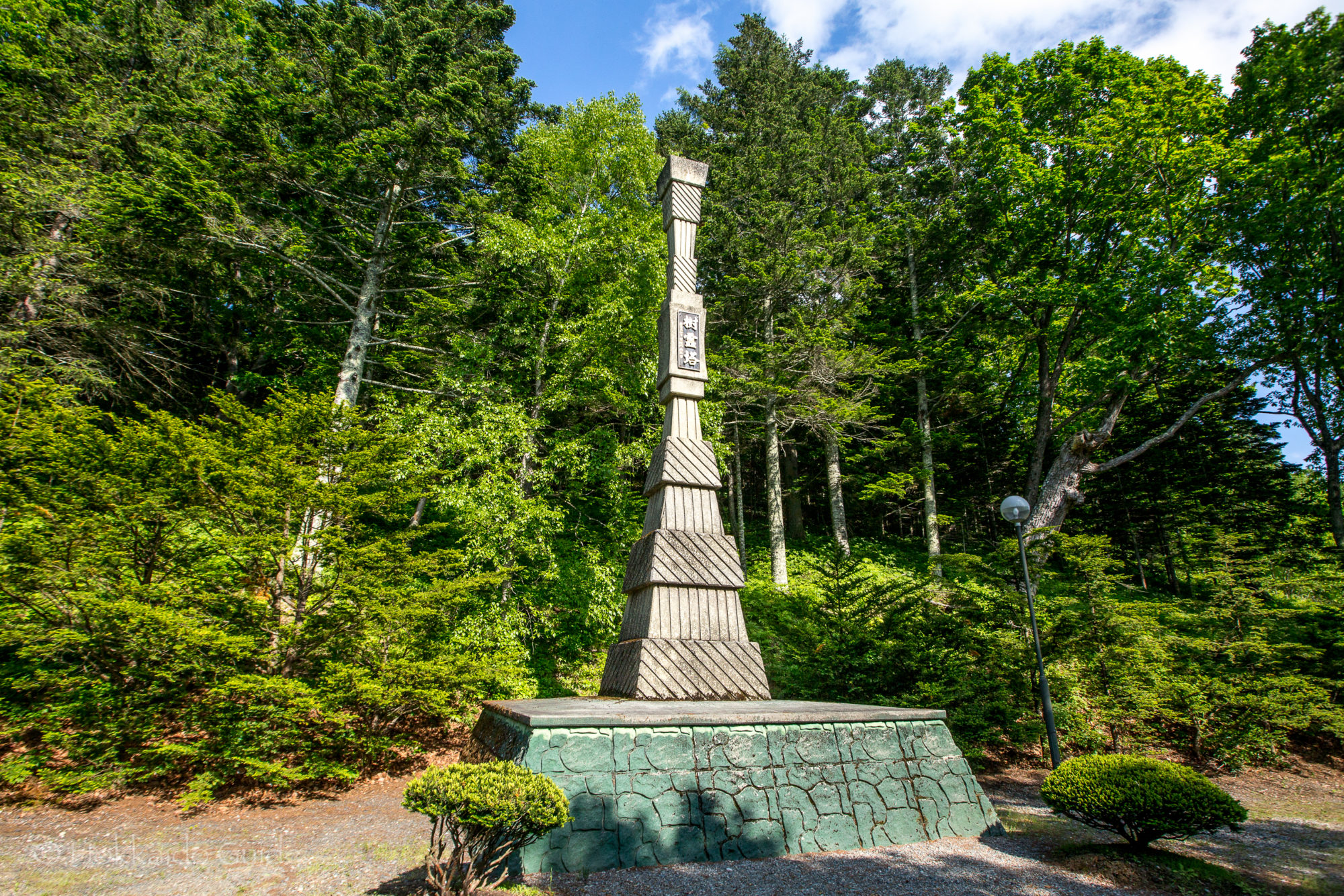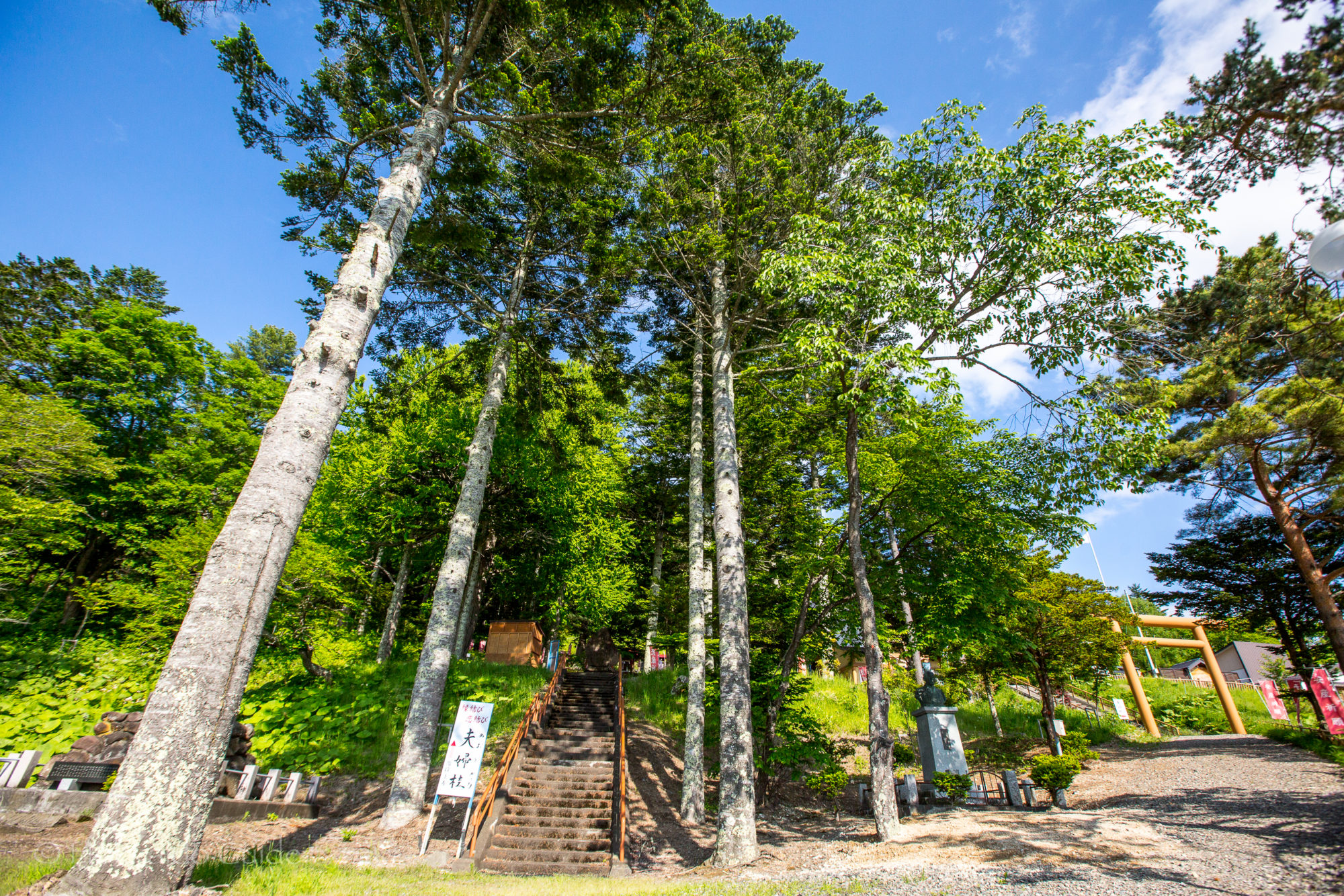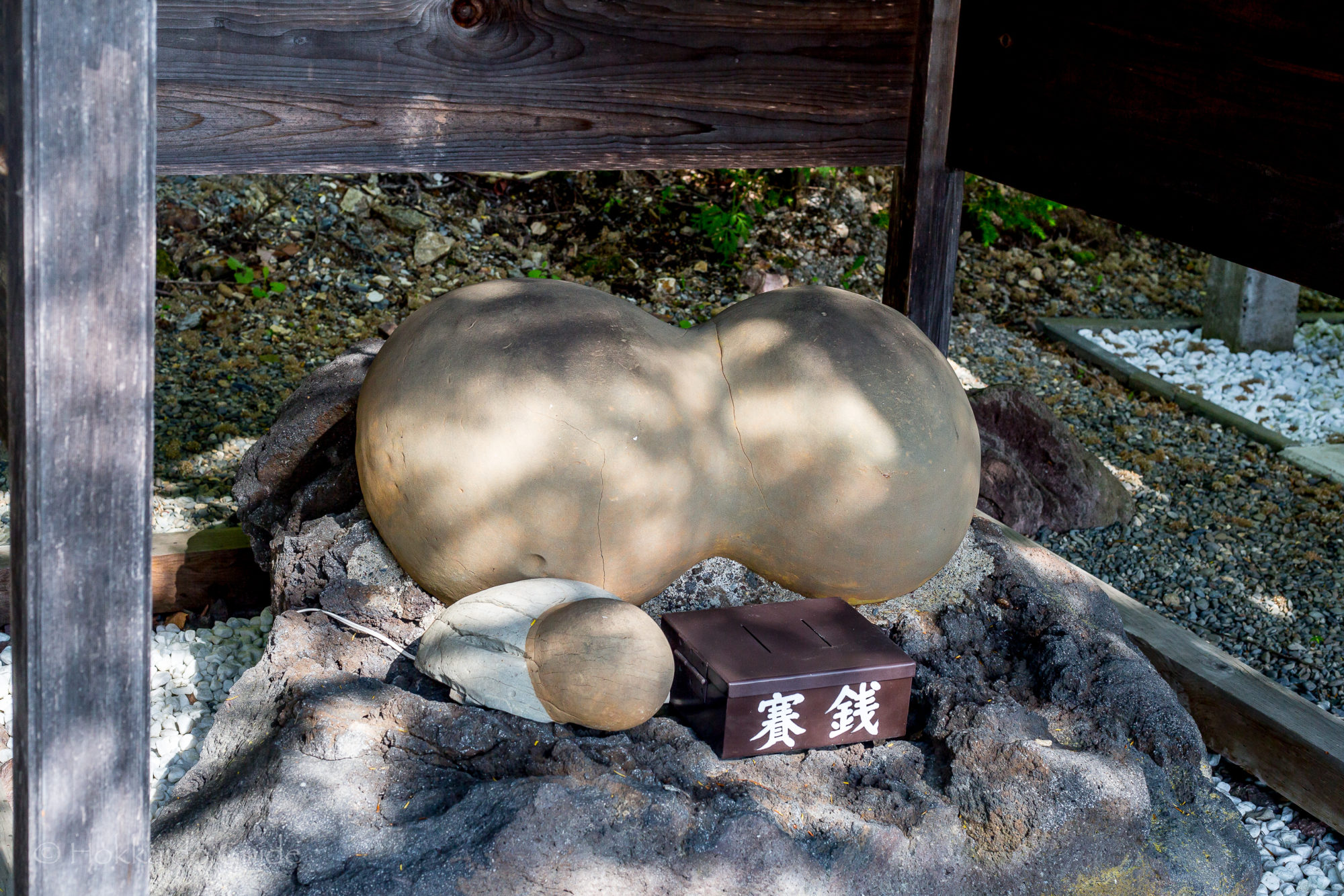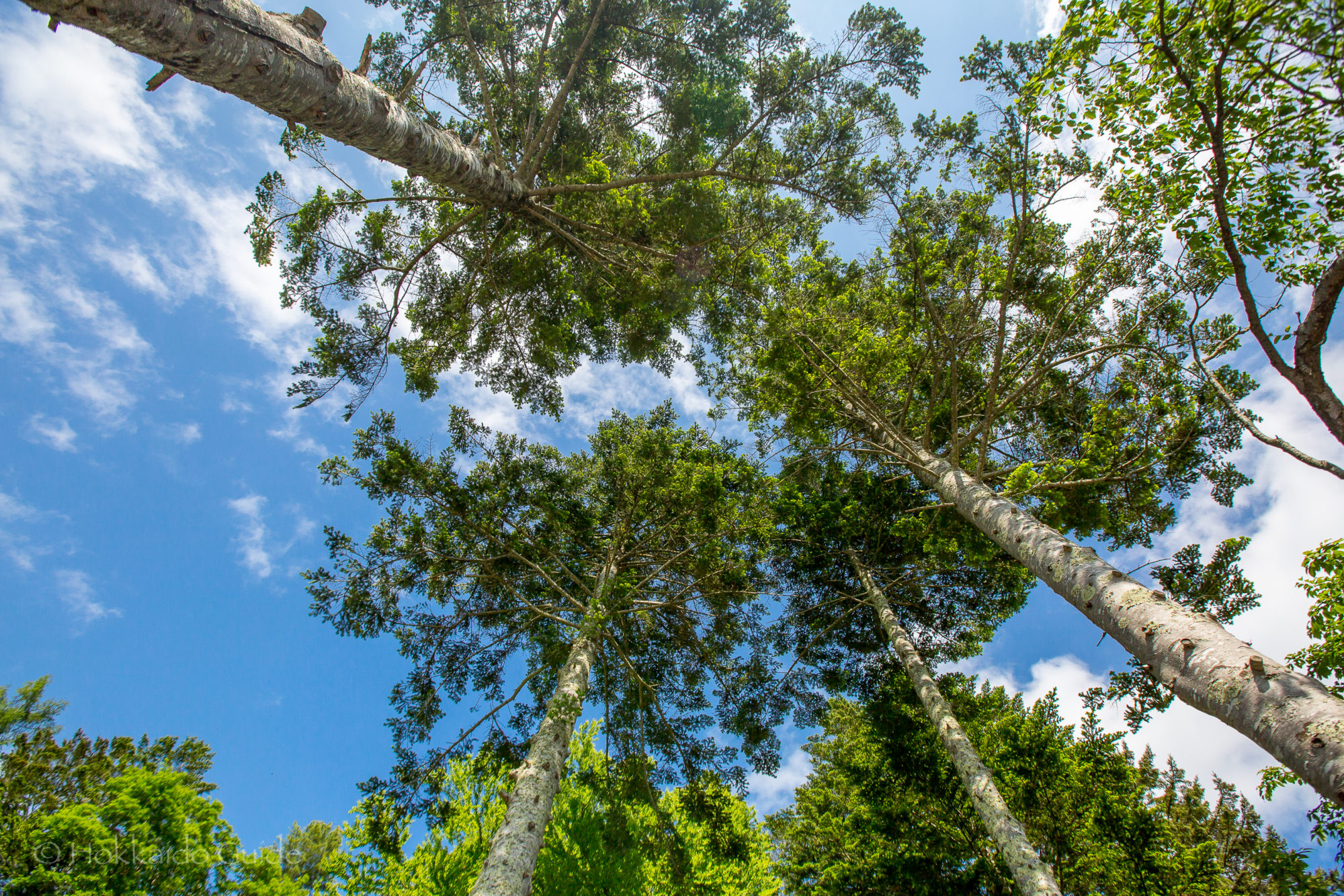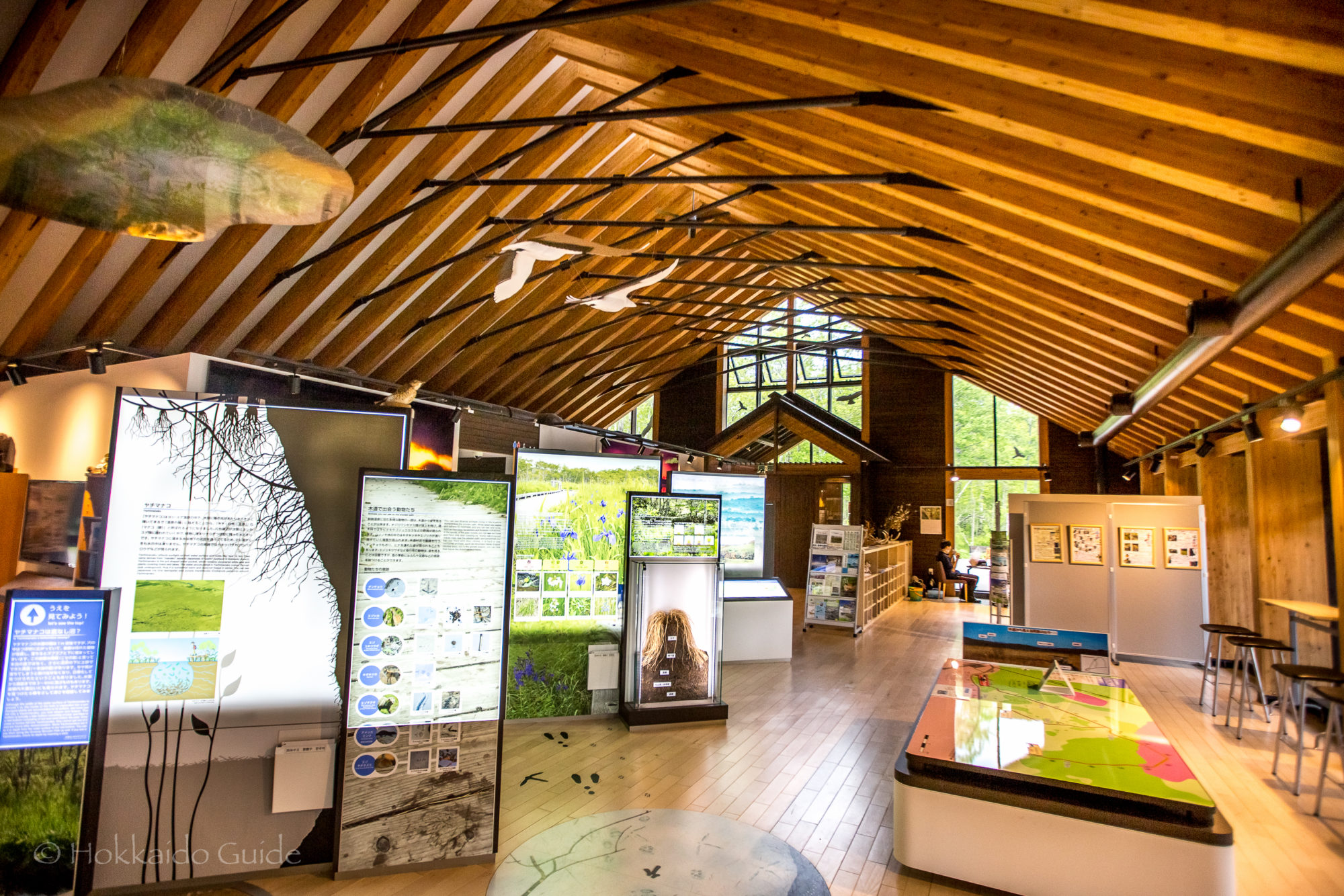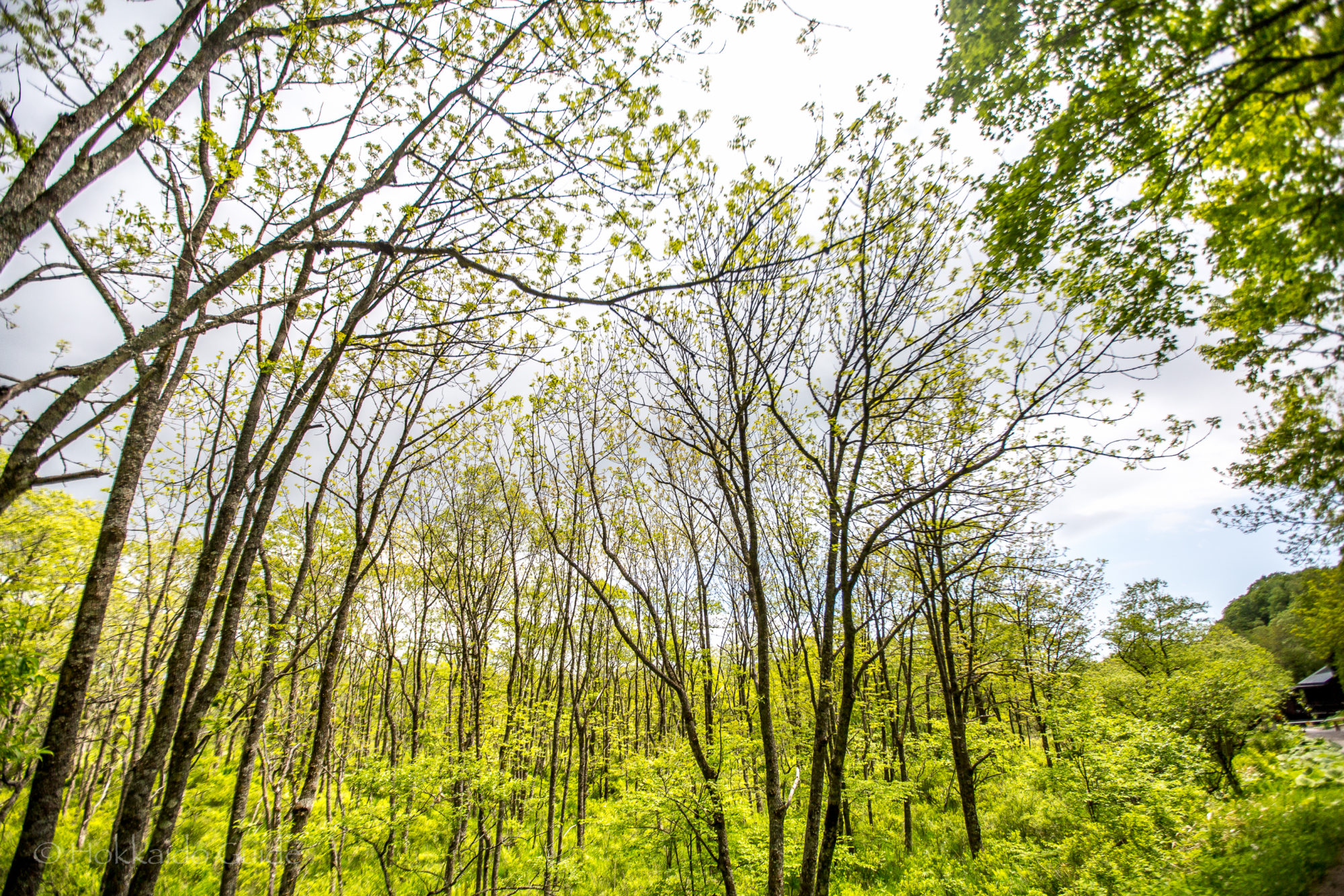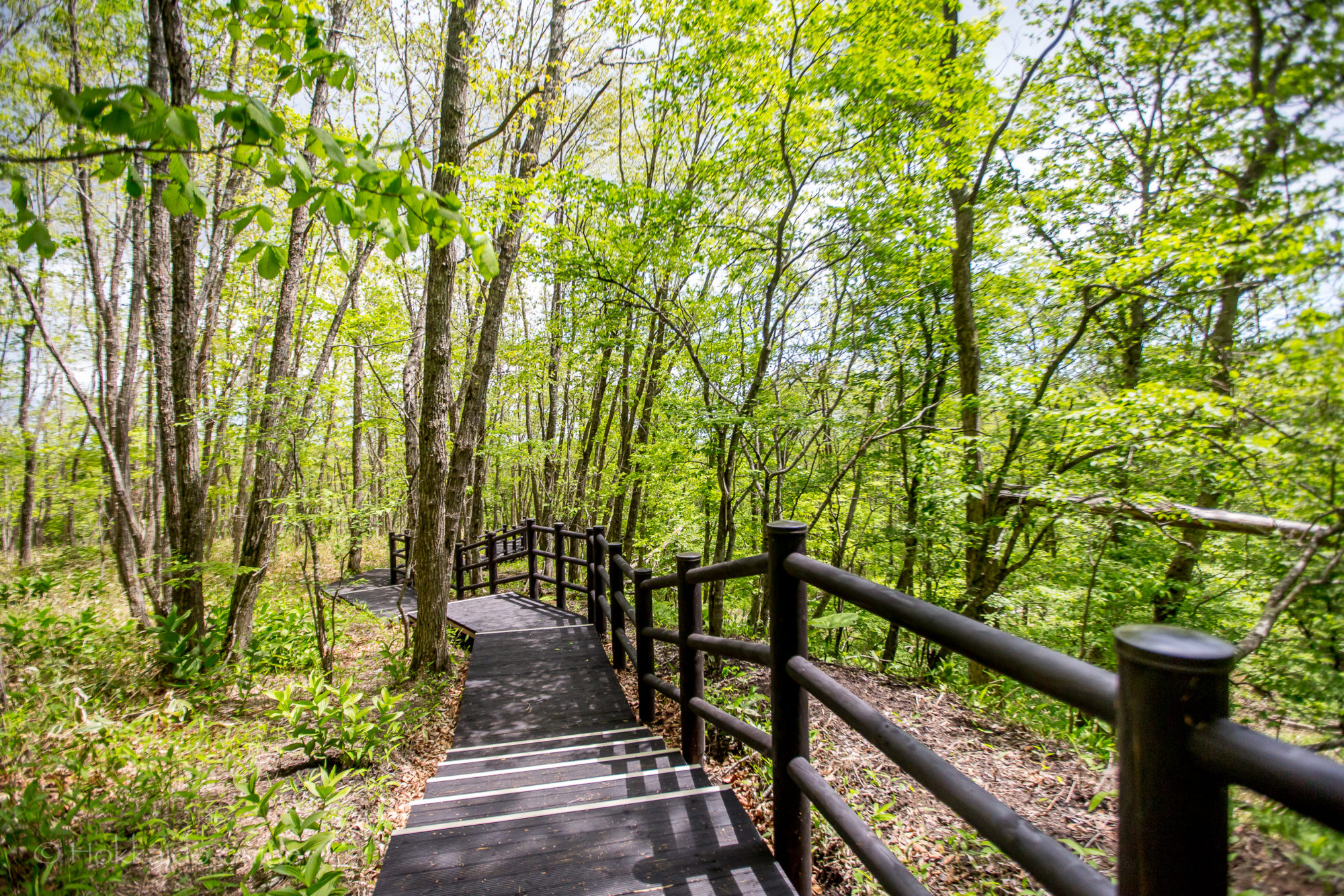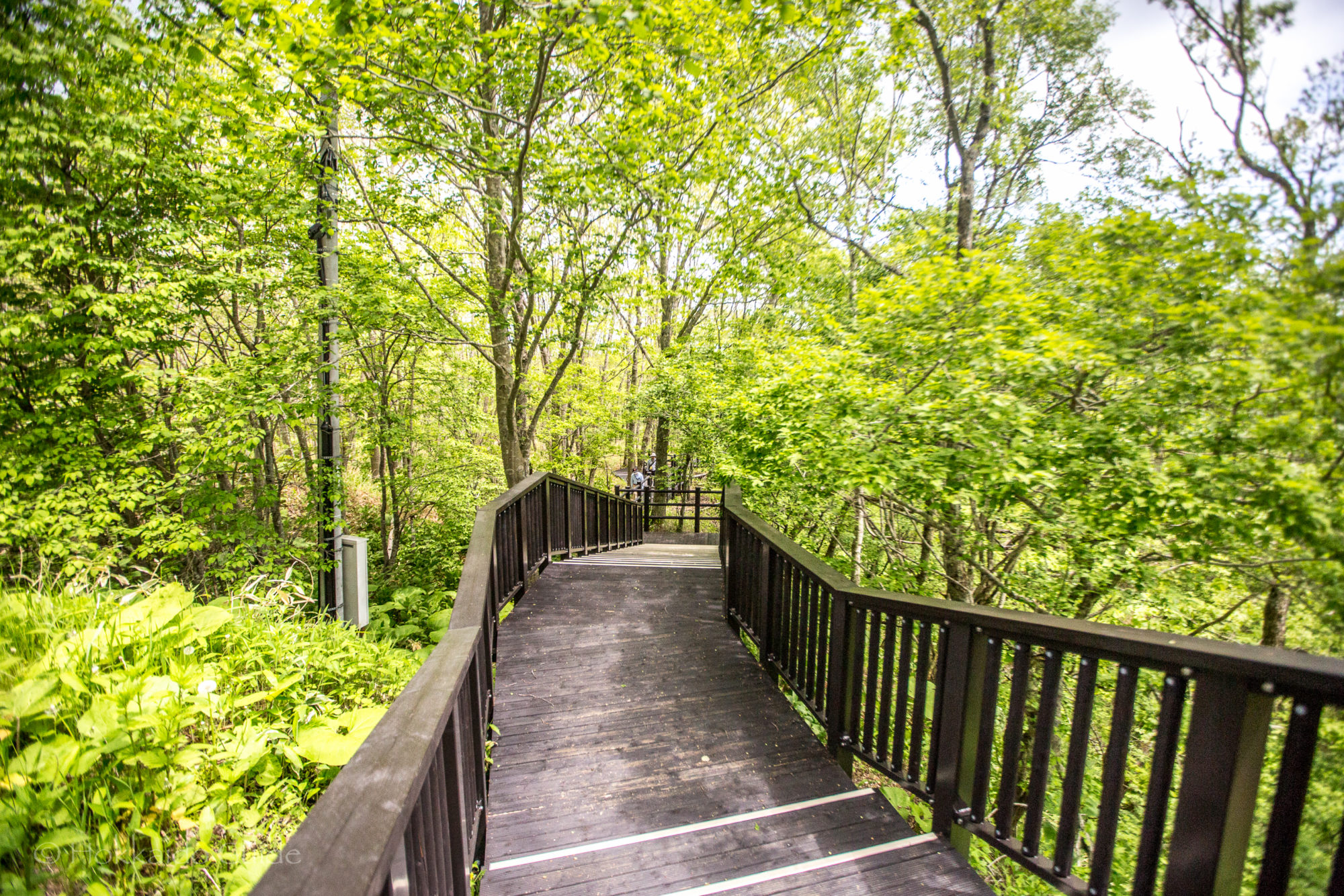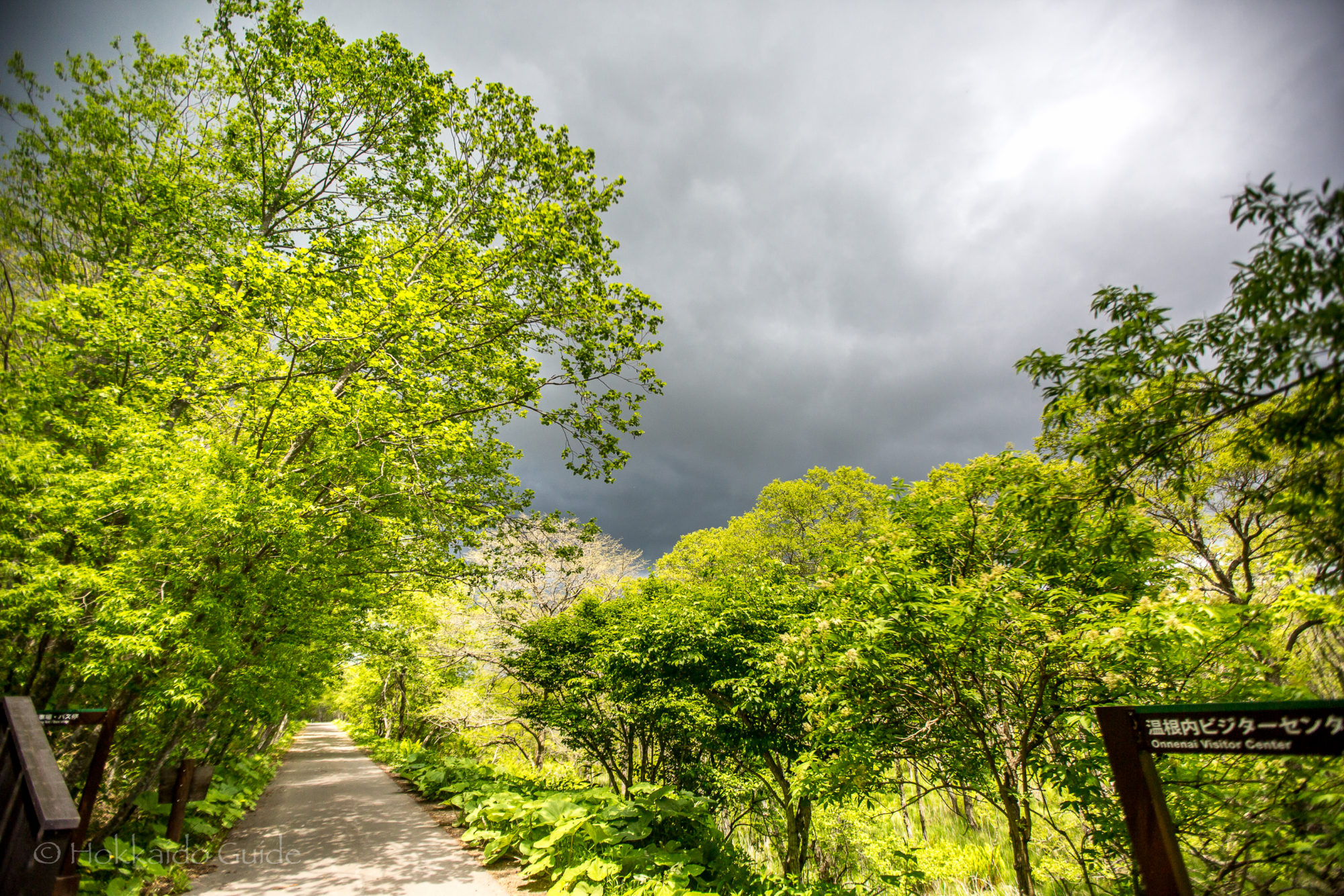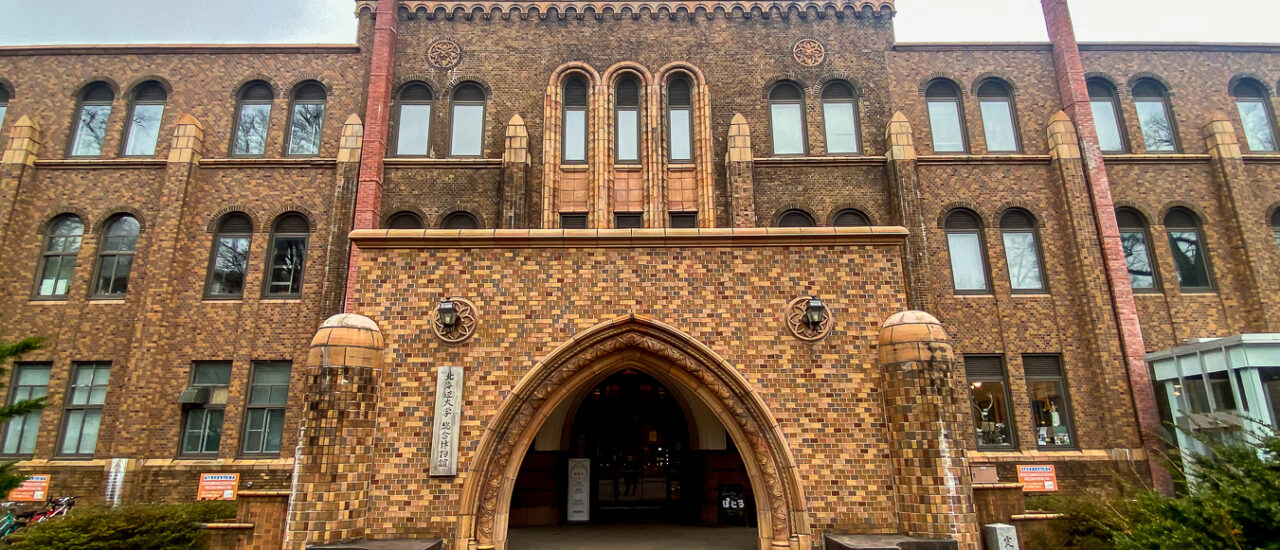
Tag: Eastern Hokkaido
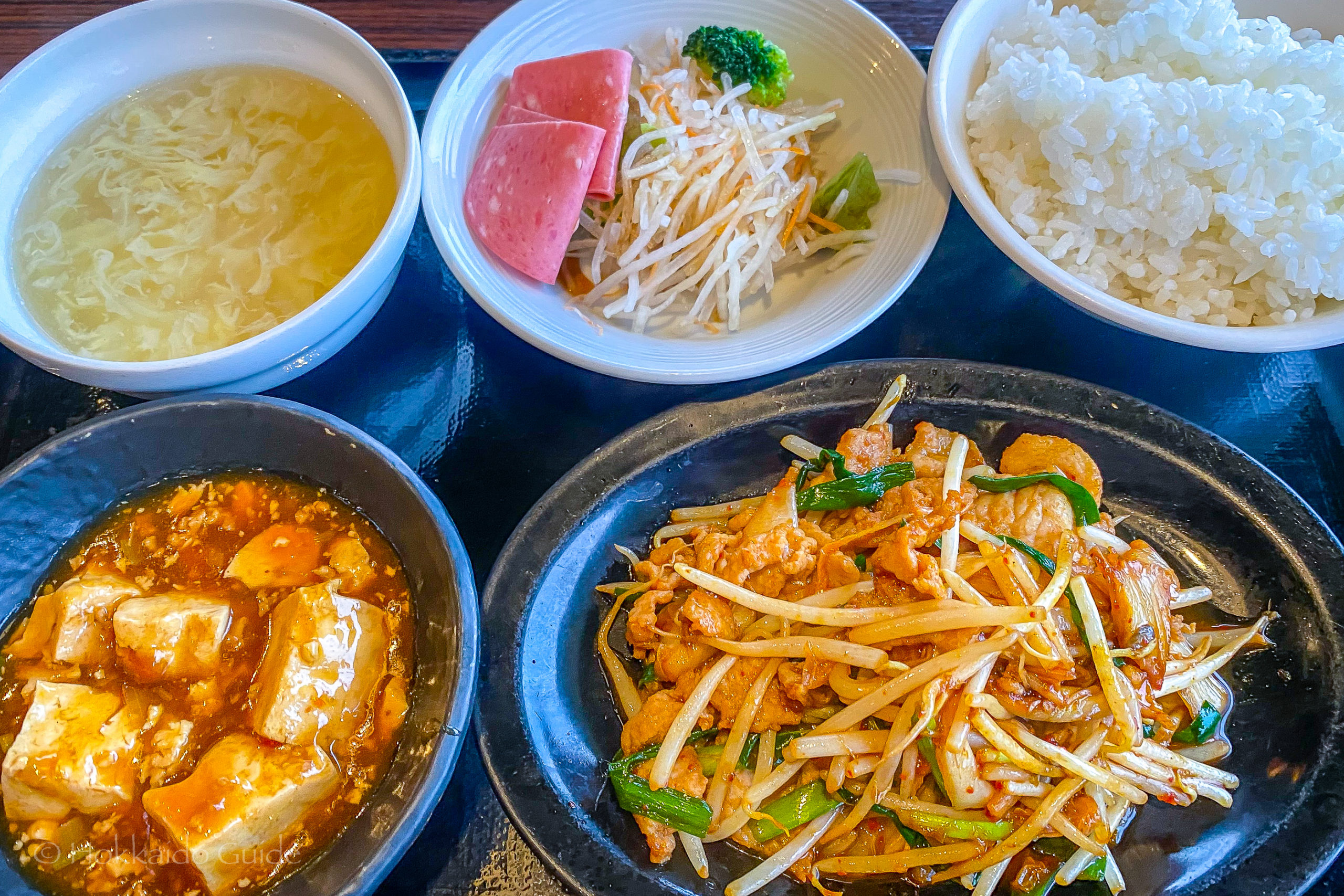
Dan Ryū Chinese
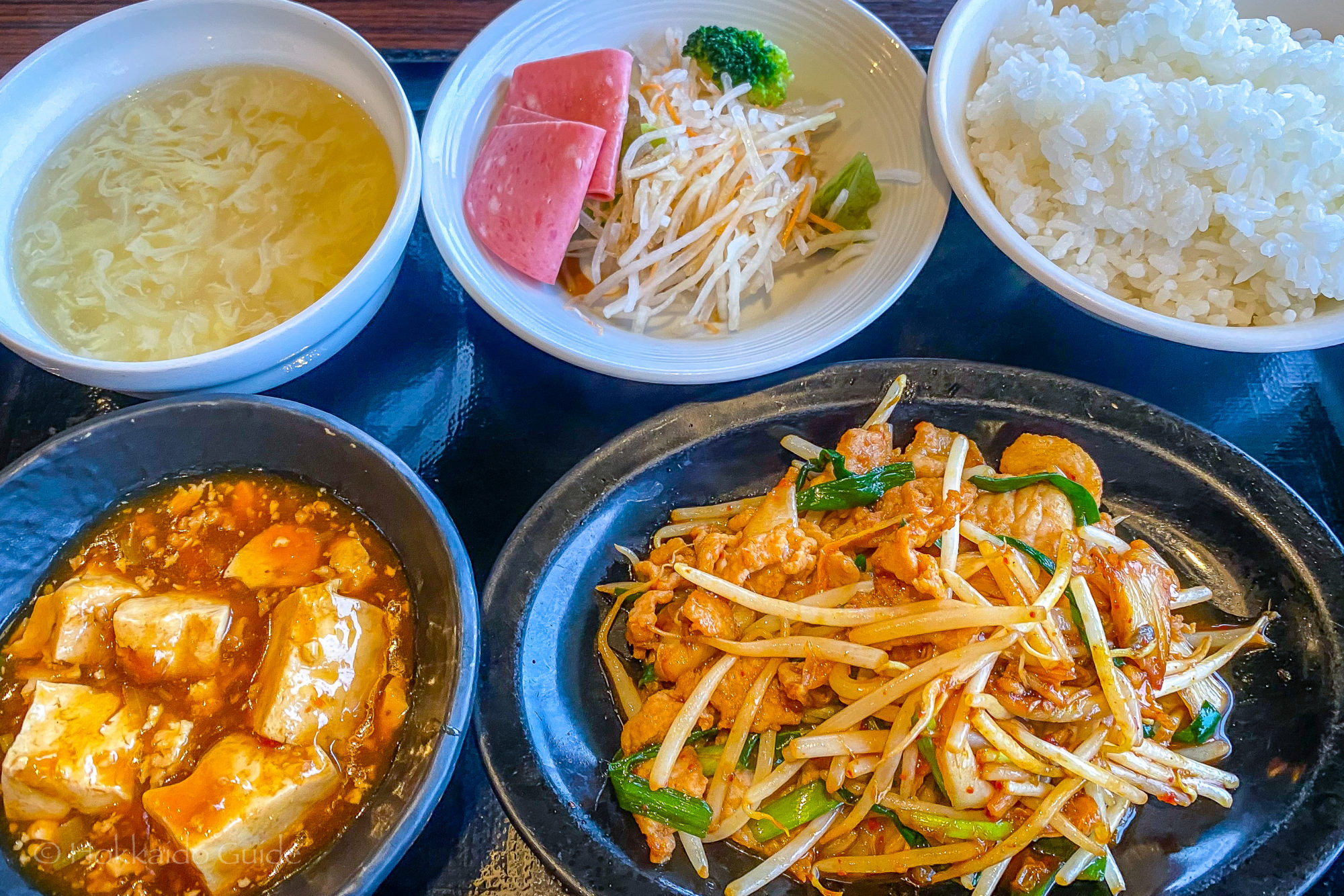
| Pricing Guide (Avg. cost per person) | ¥1000 - ¥2000 |
| Opening Hours | 11:00 - 22:30 All locations 11:00 - 21:00 AEON locations |
| Closed | - |
| Contact | https://danryu.net/ |
| Notes | Chinese restaurant, parking available, lunch set & dinner set available, no smoking |
| Location / Getting There | There are 11 stores in the Sapporo area. 1 restaurant in Asahikawa. 1 restaurant in Kushiro. Please see google maps below. |
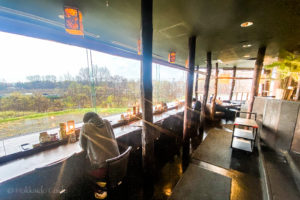 Dan Ryū Chinese is a chain of mandarin restaurants mainly in the city of Sapporo. They also have a restaurant in Asahikawa and Kushiro, one a piece. The company was first established in 2002 and since then, the company has grown not only in Hokkaido but have spread out to the main island of Honshu. These restaurants are popular (especially during lunch time) as they have large set meals. For the volume of food served, it is well worth the price.
Dan Ryū Chinese is a chain of mandarin restaurants mainly in the city of Sapporo. They also have a restaurant in Asahikawa and Kushiro, one a piece. The company was first established in 2002 and since then, the company has grown not only in Hokkaido but have spread out to the main island of Honshu. These restaurants are popular (especially during lunch time) as they have large set meals. For the volume of food served, it is well worth the price.
 The menu here has all the usual items that can be found in most Chinese restaurants. Sichuan Mapu Tofu, crab with fried rice, stir-fried pork & cabbage with miso, shrimp in chili sauce, Gomoku spring rolls, and dumplings, to name just a few. The set meals come with rice, soup, and dumplings (the set meals differ depending on the day). The food here is good. For those wishing for a larger group or party, there are plans in place for that. These can include an all you can drink plan as well! Reservations and take out is available.
The menu here has all the usual items that can be found in most Chinese restaurants. Sichuan Mapu Tofu, crab with fried rice, stir-fried pork & cabbage with miso, shrimp in chili sauce, Gomoku spring rolls, and dumplings, to name just a few. The set meals come with rice, soup, and dumplings (the set meals differ depending on the day). The food here is good. For those wishing for a larger group or party, there are plans in place for that. These can include an all you can drink plan as well! Reservations and take out is available.
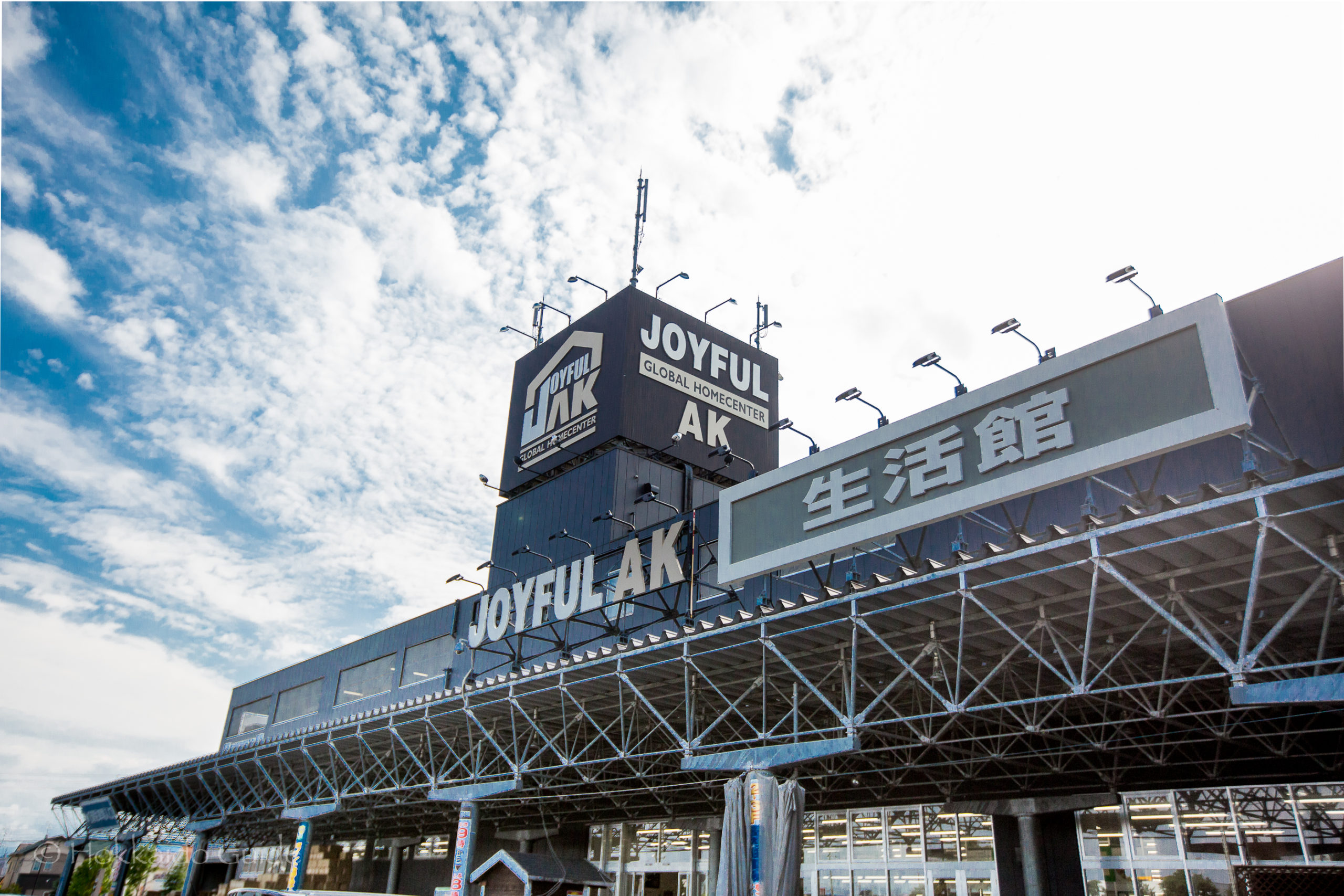
Joyful AK
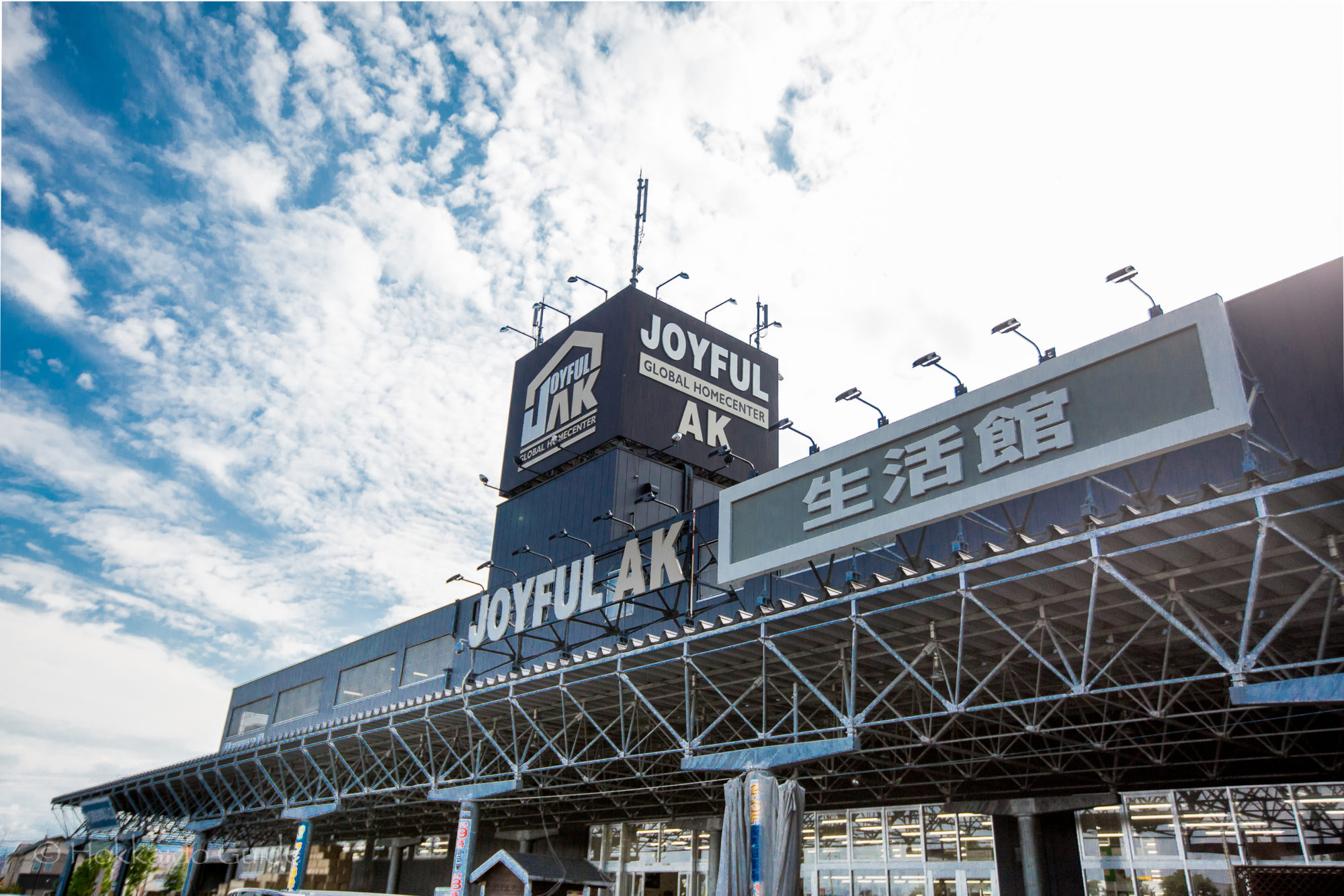
| Opening Hours | 9:00 - 20:00 |
| Closed | - |
| Contact | https://joyful-ak.com/ |
| Notes | Home improvement store, interior & exterior, pet store, supermarket, truck rental, large parking space, wheelchair access, gardening store, wheelchair access, credit card accepted |
| Location / Getting There | There are 9 Joyful AK stores in the Hokkaido area (though 2 of these are pet stores only). 5 of these are in Sapporo, with 1 being in the city of Obihiro, Ebetsu, Kitahiroshima, and Otofuke. Please see maps below and at the end of the article for access. |
 For carpenters, plumbers, electricians, painters, interior decorators, gardeners and all round handymen and the DIY enthusiasts, Joyful AK is a builders paradise. This is THE store to find pretty much anything you need. The other stores that are popular is the Homac chain, but these stores (although more numerous) are on a much smaller scale. The Joyful AK stores are gigantic, and if you can’t find what you need at Homac, Joyful AK will have it. Many of the stores have a separate building specializing in outdoor goods, plus a pet store, and a restaurant or eatery. Joyful AK also have a supermarket area and shopping area.
For carpenters, plumbers, electricians, painters, interior decorators, gardeners and all round handymen and the DIY enthusiasts, Joyful AK is a builders paradise. This is THE store to find pretty much anything you need. The other stores that are popular is the Homac chain, but these stores (although more numerous) are on a much smaller scale. The Joyful AK stores are gigantic, and if you can’t find what you need at Homac, Joyful AK will have it. Many of the stores have a separate building specializing in outdoor goods, plus a pet store, and a restaurant or eatery. Joyful AK also have a supermarket area and shopping area.
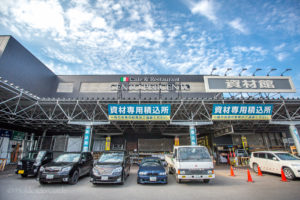 There is ample parking at the Joyful stores with special parking for larger vehicles that can back up to the wood section. One of the pluses here too, is that you can hire a small truck for those with some serious bulk to buy and move. Not only can you find ample amounts of wood in any size, steel goods, piping, a huge selection of paints and stains, they also have every tool and machine you need for renovating and doing the odd jobs around the home. On the second floor they also have an ample furniture and interior section. When paying for your goods, they accept credit cards and why not take advantage of the special points card you can get at all Joyful AK stores. Joyful AK is second to none when it comes to home improvement!
There is ample parking at the Joyful stores with special parking for larger vehicles that can back up to the wood section. One of the pluses here too, is that you can hire a small truck for those with some serious bulk to buy and move. Not only can you find ample amounts of wood in any size, steel goods, piping, a huge selection of paints and stains, they also have every tool and machine you need for renovating and doing the odd jobs around the home. On the second floor they also have an ample furniture and interior section. When paying for your goods, they accept credit cards and why not take advantage of the special points card you can get at all Joyful AK stores. Joyful AK is second to none when it comes to home improvement!

Gyoza No Ohsho
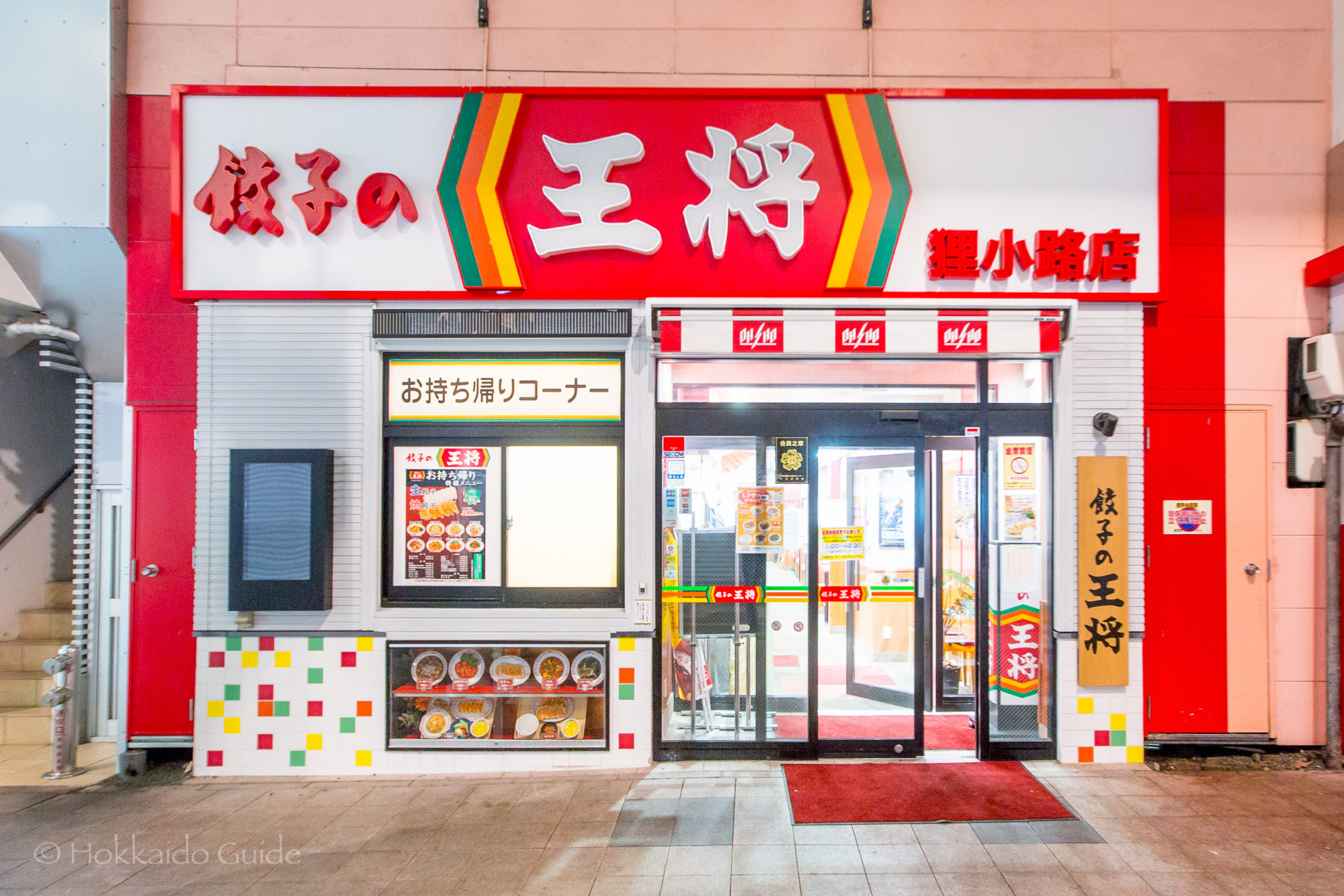
| Pricing Guide (Avg. cost per person) | ¥500 - ¥1000 |
| Opening Hours | *10:30 - 22:00 Store hours may vary depending on store |
| Closed | - |
| Contact | https://www.ohsho.co.jp/ |
| Notes | Chinese restaurant, electronic payment, take out available |
| Location / Getting There | 20 locations throughout Hokkaido. Can be found in every major city. Check map for locations. |
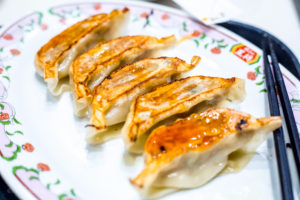 Gyoza no Ohsho is a huge chain of Chinese restaurants throughout Japan. They boast having over 700 stores throughout the country. In Hokkaido there are 20 Gyoza no Ohsho stores with 11 of these being in the city of Sapporo. This chain has been running for an impressive past fifty years! Gyoza (also known as Jiaozi in China) is a Chinese dumpling which is a popular dish in Japan as well as Southeast Asia. Gyoza no Ohsho uses Japanese ingredients and take pride in their pursuit of freshness and quality. The dumplings are handmade by the chefs at each of their restaurants.
Gyoza no Ohsho is a huge chain of Chinese restaurants throughout Japan. They boast having over 700 stores throughout the country. In Hokkaido there are 20 Gyoza no Ohsho stores with 11 of these being in the city of Sapporo. This chain has been running for an impressive past fifty years! Gyoza (also known as Jiaozi in China) is a Chinese dumpling which is a popular dish in Japan as well as Southeast Asia. Gyoza no Ohsho uses Japanese ingredients and take pride in their pursuit of freshness and quality. The dumplings are handmade by the chefs at each of their restaurants.
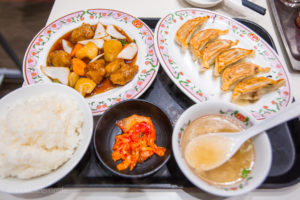 So, what makes these restaurants so popular? There are so many of these restaurants around that they are easy to find. In Hokkaido you can find a Gyoza No Ohsho in every major city (please see map below for further locations around Hokkaido). The prices here are really affordable and you get a lot for your buck. The gyoza here is good and you can get a large set meal from your pick of all your favorite Chinese dishes in Japan. They have fried rice, noodles and spicy soups just to name a few. For a cheap and easy Chinese lunch or meal, Gyoza No Ohsha is a good place to check out. The stores are noticeable for their large red signs out front.
So, what makes these restaurants so popular? There are so many of these restaurants around that they are easy to find. In Hokkaido you can find a Gyoza No Ohsho in every major city (please see map below for further locations around Hokkaido). The prices here are really affordable and you get a lot for your buck. The gyoza here is good and you can get a large set meal from your pick of all your favorite Chinese dishes in Japan. They have fried rice, noodles and spicy soups just to name a few. For a cheap and easy Chinese lunch or meal, Gyoza No Ohsha is a good place to check out. The stores are noticeable for their large red signs out front.
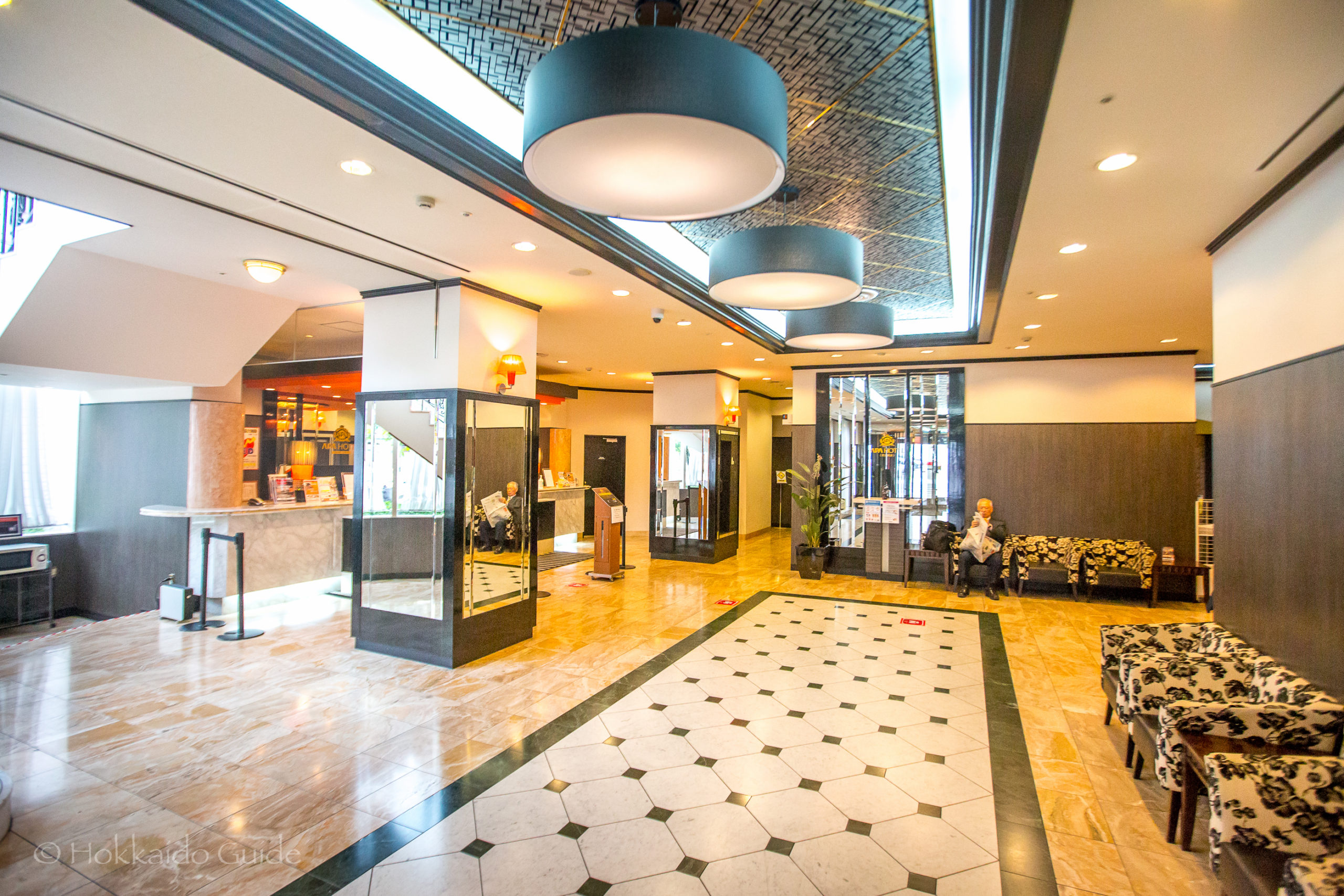
APA Hotel
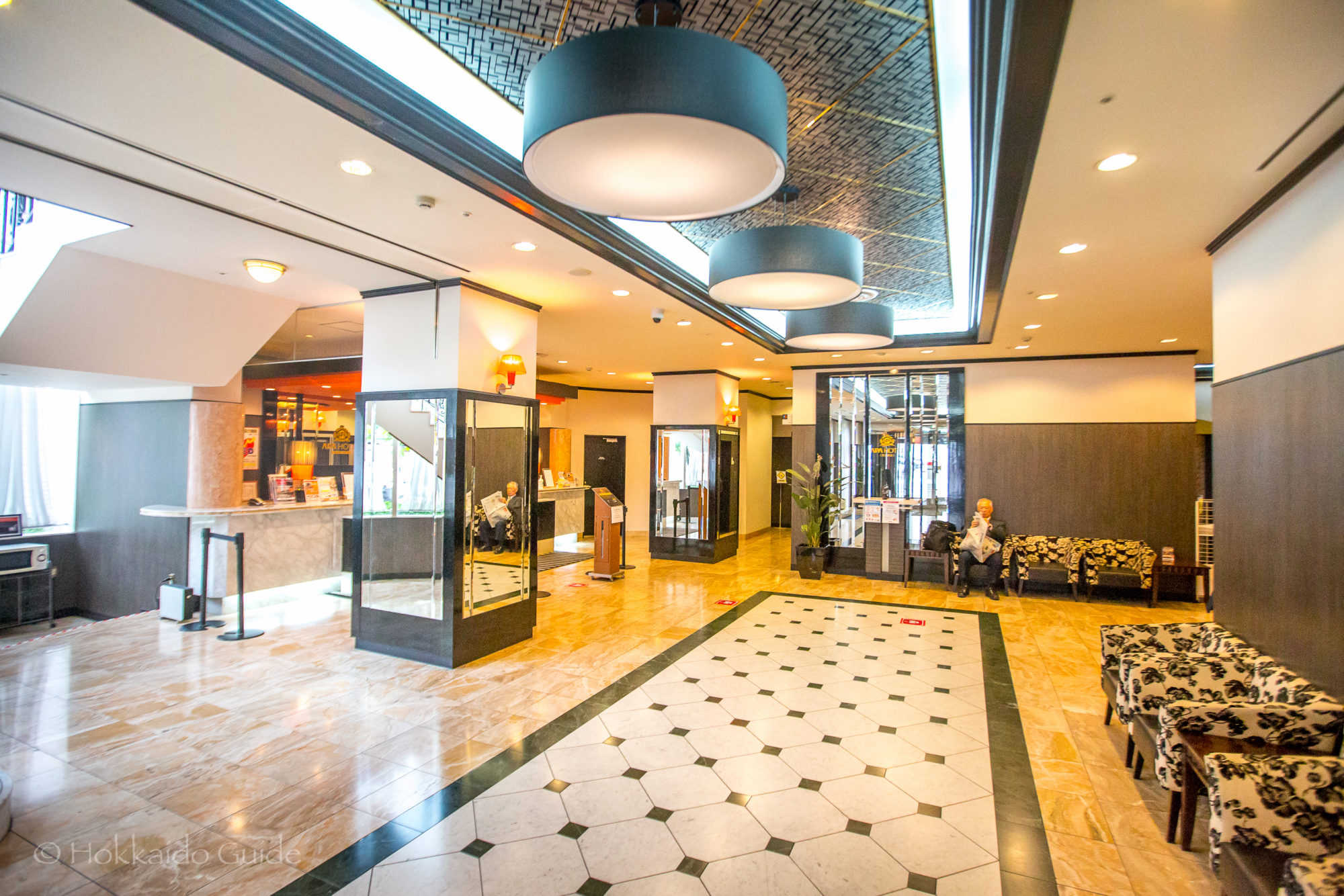
| Cost per night | ¥3,500 - ¥8,000 |
| Check-in | 15:00 |
| Check-out | 11:00 |
| Contact | http://www.apahotel.com |
| Restaurant | Yes |
| Wi-fi | Yes |
| Parking | Yes |
| Notes | Amenities in room, coin laundry, vending machines (soft drinks and alcohol), AED, smoking and non smoking rooms, dryer free, PC rental available, full air-conditioning, wheelchair access |
| Locations | 9 locations in Sapporo 2 locations in Asahikawa, Hakodate & Kushiro 1 location in Obihiro, Shiretoko, Kitami, Furano & Muroran |
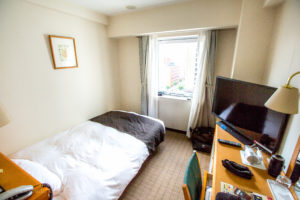 APA is a huge chain of hotels throughout Japan. They have hotels in over 400 locations, and in 47 regions of Japan. In Hokkaido, you can find an APA hotel in every major city. There are 20 hotels in Hokkaido. What makes the APA hotel so popular is its affordability. These hotels are 3 star budget hotels but are clean and convenient. Most of the hotels are near the main stations or near points of interest. They have restaurants on the premises, and all the amenities you need. If you are traveling on a budget, then these are great hotels to stay at. Some of the hotels have onsens (hot springs), for the weary traveller. For all locations throughout Hokkaido, please see the map at the bottom of the article.
APA is a huge chain of hotels throughout Japan. They have hotels in over 400 locations, and in 47 regions of Japan. In Hokkaido, you can find an APA hotel in every major city. There are 20 hotels in Hokkaido. What makes the APA hotel so popular is its affordability. These hotels are 3 star budget hotels but are clean and convenient. Most of the hotels are near the main stations or near points of interest. They have restaurants on the premises, and all the amenities you need. If you are traveling on a budget, then these are great hotels to stay at. Some of the hotels have onsens (hot springs), for the weary traveller. For all locations throughout Hokkaido, please see the map at the bottom of the article.
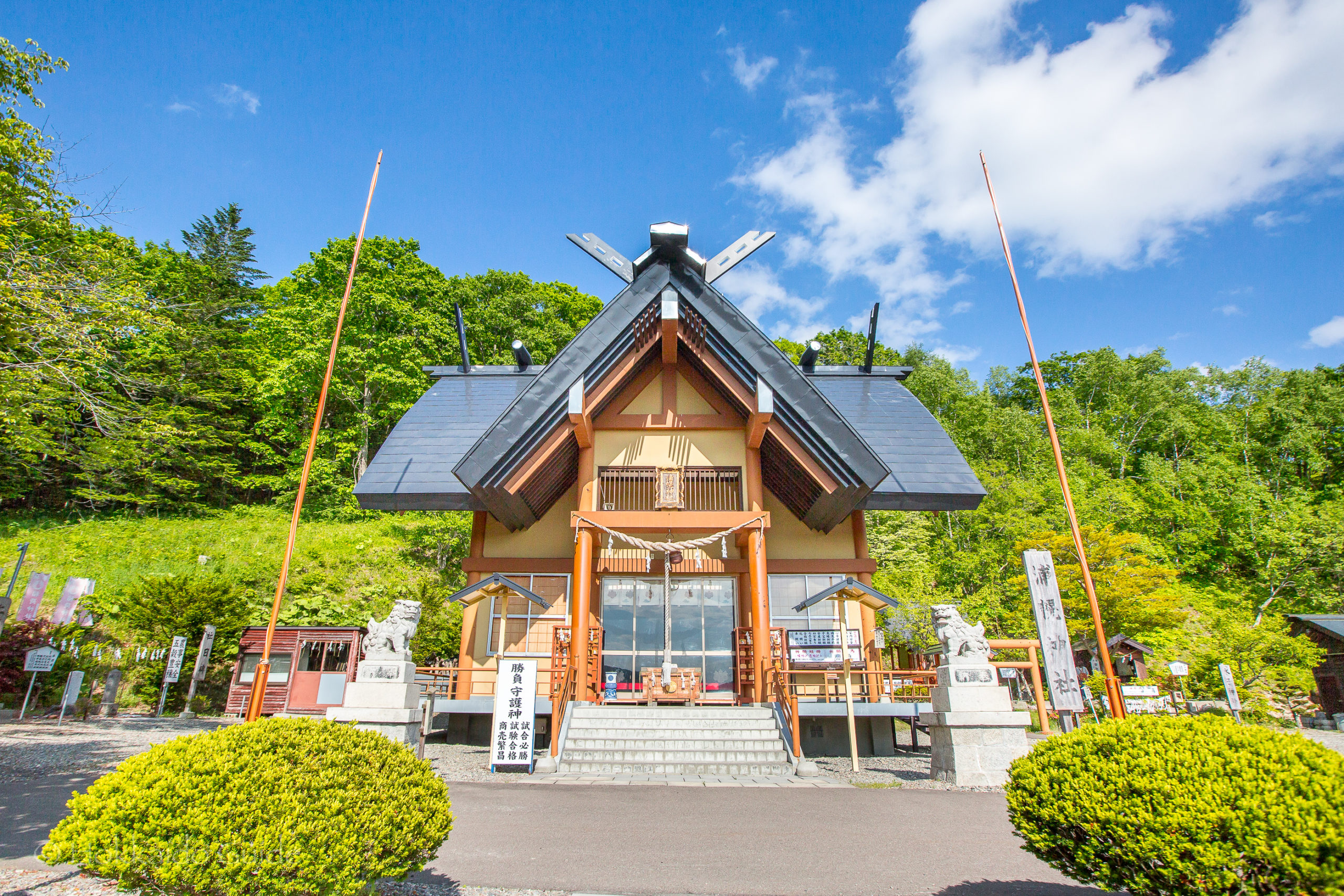
Urahoro Shrine

| Admission | - |
| Opening Hours | 8:00 - 20:00 |
| Closed | - |
| Contact | 011-5576-2448 |
| Notes | Shinto shrine, parking available |
| Location / Getting There | The shrine is located along route 38. It is overlooking the town of Urahoro. It is a 16 minute walk from Urahoro train station. 18-1 Higashiyamacho, Urahoro, Tokachi District, Hokkaido 089-5612 |
 During the Meiji Era, as the town of Urahoro (on the south east coast of Hokkaido) was being developed, the pioneers called for the construction of a shrine to serve as a spiritual centre. On August 15, 1896, a small shrine was erected, enshrining Amaterasu (goddess of the sun and the universe). In the latter half of the Meiji period, the small shrine was relocated to a location near the entrance to Forest Park in Urahoro. In 1923, the main shrine was built overlooking the town and stands as it is today. In 1996, the shrine building was renovated, and in August, the 100th anniversary of the founding of the shrine was celebrated.
During the Meiji Era, as the town of Urahoro (on the south east coast of Hokkaido) was being developed, the pioneers called for the construction of a shrine to serve as a spiritual centre. On August 15, 1896, a small shrine was erected, enshrining Amaterasu (goddess of the sun and the universe). In the latter half of the Meiji period, the small shrine was relocated to a location near the entrance to Forest Park in Urahoro. In 1923, the main shrine was built overlooking the town and stands as it is today. In 1996, the shrine building was renovated, and in August, the 100th anniversary of the founding of the shrine was celebrated.
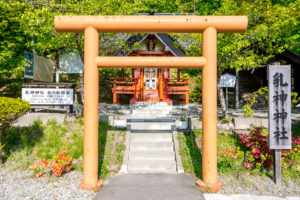 The grounds are also home to other points of interest. Nearby the main shrine, there is Nyukami Shrine. This shrine houses a sacred object. In the forest behind the shrine there was an old oak tree with two bumps that looked like breasts. In the Taisho era (1912-1926), an old woman named Yoshida prayed to this tree and the worship of the ‘milk goddess’ originated. The tree was destroyed by a typhoon in 1962 but the two humps of the tree were preserved and place in Nyukami Shrine. In 2015, a “Business Card Dedication Station” was built in the area, so that riders can pray for traffic safety. Next to Nyukami Shrine is Mizuko Shrine. The deities enshrined here are to comfort and protect the souls of water children.
The grounds are also home to other points of interest. Nearby the main shrine, there is Nyukami Shrine. This shrine houses a sacred object. In the forest behind the shrine there was an old oak tree with two bumps that looked like breasts. In the Taisho era (1912-1926), an old woman named Yoshida prayed to this tree and the worship of the ‘milk goddess’ originated. The tree was destroyed by a typhoon in 1962 but the two humps of the tree were preserved and place in Nyukami Shrine. In 2015, a “Business Card Dedication Station” was built in the area, so that riders can pray for traffic safety. Next to Nyukami Shrine is Mizuko Shrine. The deities enshrined here are to comfort and protect the souls of water children.
| 1st and 15th of every month | Prayers for the safety of the Imperial Family, peace for the nation, and peace for the Urahoro worshippers. |
| January 1 | New Years Day. Prayer for the safety of the Imperial Family, peace for the nation, and a good harvest for the year. |
| January 15 | The burning of old Shinto prayer cards and charms. Prayer for good health. On the day before the first day of spring, there is the purification the evil spirits. The doors of the main shrine are opened to offer thanks to the Milk God and prayer for spring. |
| June 30 | Grand purification ceremony and Nagoshi-no-harai (summer purification). A Shinto ritual to purge the sins and impurities of the past six months and pray for good health. |
| August | On the evening before the last Sunday of the month, There is the summer portable shrine procession festival (Mikoshi & Yoimiya Festival). The portable shrine is purified the night before the main festival, and the gods are notified that the big festival will be held tomorrow. On the last Sunday of the month, the portable shrine will be paraded through the town to pray for the safety of each family and the prosperity of each company. |
| September 20 | Autumn Grand Festival Prayers and dedication events are held for the Ujigami (local deity), which has been handed down from the pioneers. The doors of the main shrine are opened to offer thanks to the Goddess of Milk and pray for the autumn. The god of the land and the god of agriculture are invited to give thanks for the year's harvest and to pray for the safety. Prayers are offered to the gods for the healthy growth of children who are three, five, and seven years old. Prayers are offered for the harvest and labor to the gods of the 24 shrines in Urahoro Town. |
| December 31 | New Year's Eve Purification Ceremony and Nightfall Festival is held to purify the sins and impurities of the year from the body and soul using dolls, and to pray for good health in the New Year. |
| December 30 to January 5 | The shrine grounds are illuminated. |
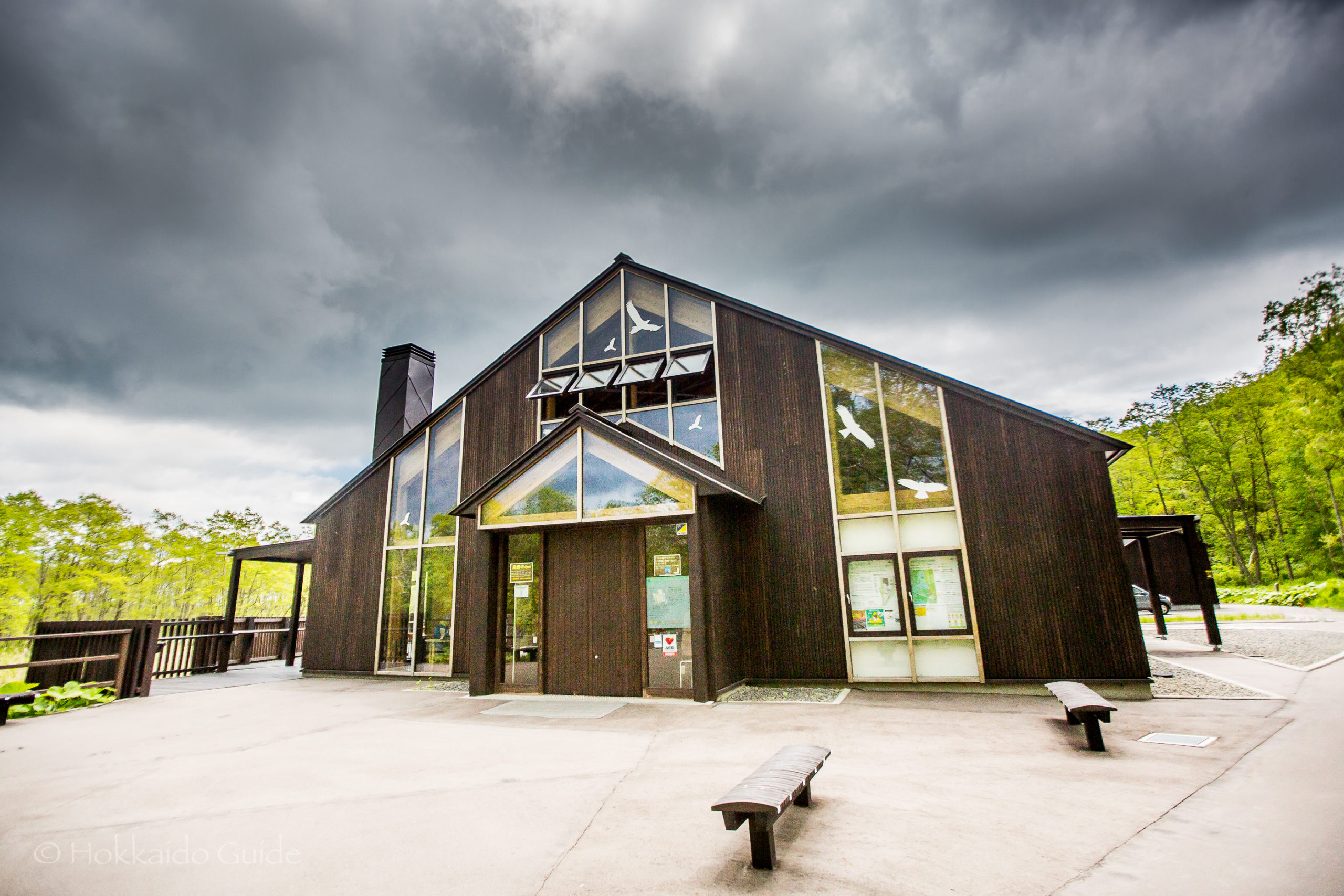
Onnenai Visitor Center
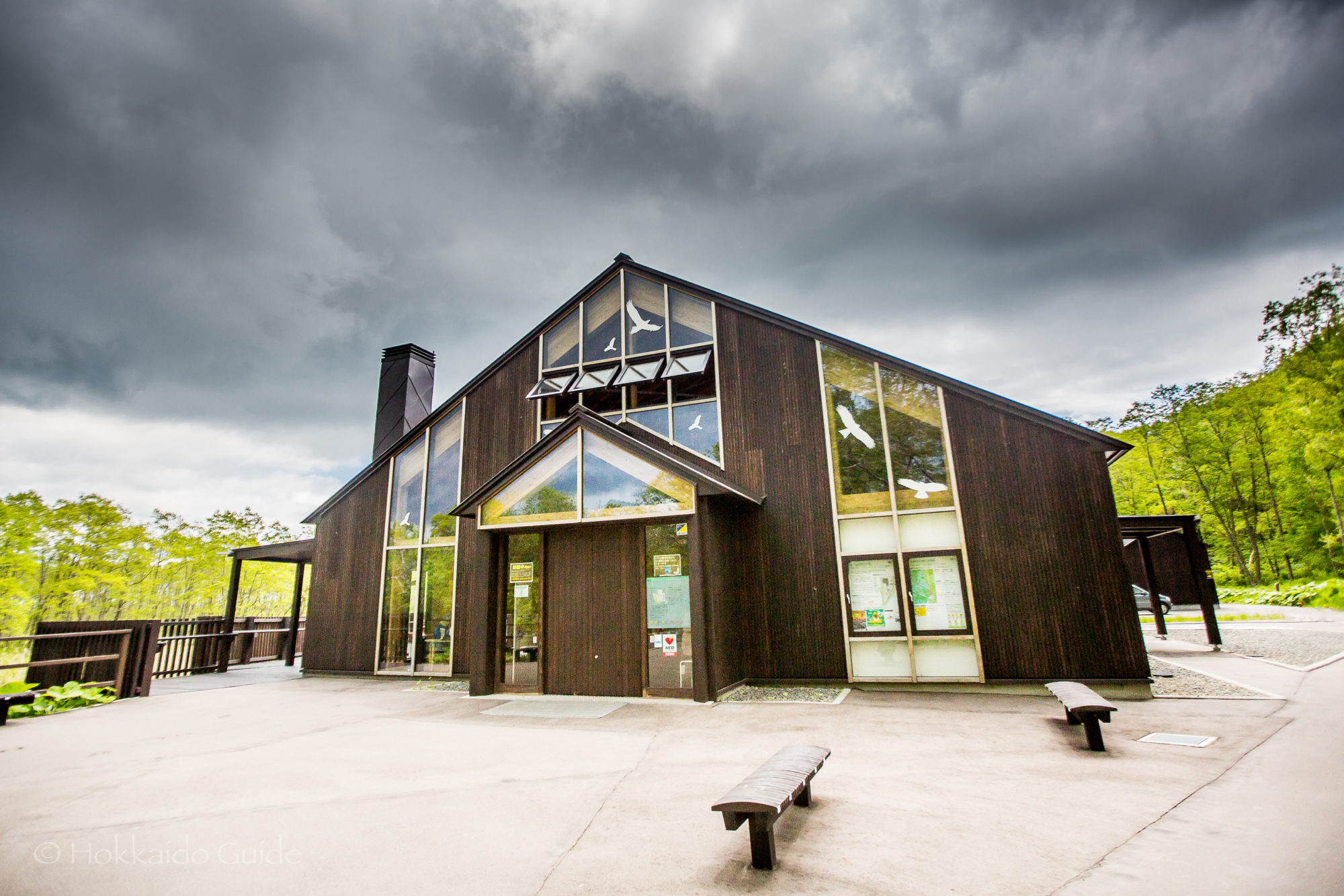
| Admission | Free |
| Opening Hours | 9:00 to 17:00 April - October 9:00 to 16:00 November - March |
| Closed | Tuesdays New Year Holidays |
| Contact | 011-5465-2323 |
| Notes | Museum, information center, restrooms, *wheelchair access, walking paths *contact center prior to arrival for special parking access |
| Location / Getting There | About 40 minutes by car from Kushiro Station, there is a parking lot along Route 53. For public transport take the 'Akan Bus' Tsurui Line / Hororo Line to the Onnenai Visitor Center Bus Stop. The center is a 5 minutes walk away from the parking. Onnenai, Tsurui, Akan District, Hokkaido 085-1145 |
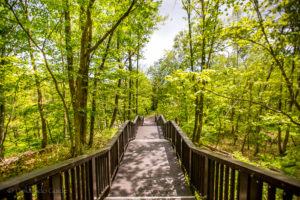 The Kushiro Shitsugen National Park, also known as the Kushiro Marshland is a sprawling national park to the north of Kushiro. There are half a dozen observation decks, museums, and walking paths that surround the park. The Onnenai Visitor Center is one of these museums and can be found on the western side of the marshland. It is a point of contact between the marsh and the forest that leads down to the national park. It is here, that visitors can learn about the marsh, take a break, plus enjoy the walking courses throughout the year.
The Kushiro Shitsugen National Park, also known as the Kushiro Marshland is a sprawling national park to the north of Kushiro. There are half a dozen observation decks, museums, and walking paths that surround the park. The Onnenai Visitor Center is one of these museums and can be found on the western side of the marshland. It is a point of contact between the marsh and the forest that leads down to the national park. It is here, that visitors can learn about the marsh, take a break, plus enjoy the walking courses throughout the year.
[the_ad id=”4264″]
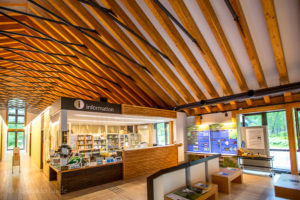 At the center, via video panels, you can learn about the plants and animals that live in the national park. This area can be visited in any season. The lush greenery in spring, the golden leaves in autumn, the winter snow, and during the summer months of July and August, you can see the marsh lit by the glow of fireflies. Cross-country skiing is possible in the winter, and you can rent skis and snowshoes free of charge from the facility. There are three separate walking courses from the center. The shortest being a short ten minute course. the middle course is 2 kilometers, and the longest course is around 3.1 kilometers. Free and paid guided nature walks are available. Cross-country skiing is possible in the winter, and you can rent skis and snowshoes free of charge from the facility.
At the center, via video panels, you can learn about the plants and animals that live in the national park. This area can be visited in any season. The lush greenery in spring, the golden leaves in autumn, the winter snow, and during the summer months of July and August, you can see the marsh lit by the glow of fireflies. Cross-country skiing is possible in the winter, and you can rent skis and snowshoes free of charge from the facility. There are three separate walking courses from the center. The shortest being a short ten minute course. the middle course is 2 kilometers, and the longest course is around 3.1 kilometers. Free and paid guided nature walks are available. Cross-country skiing is possible in the winter, and you can rent skis and snowshoes free of charge from the facility.

